UK Foraging Guide
Foraging is a brilliant way to connect with nature while camping in the UK. In this guide, you’ll find our foraging tips as well as a month-by-month run-down of which fruits, flowers, fungi, and foliage are ready to pick.
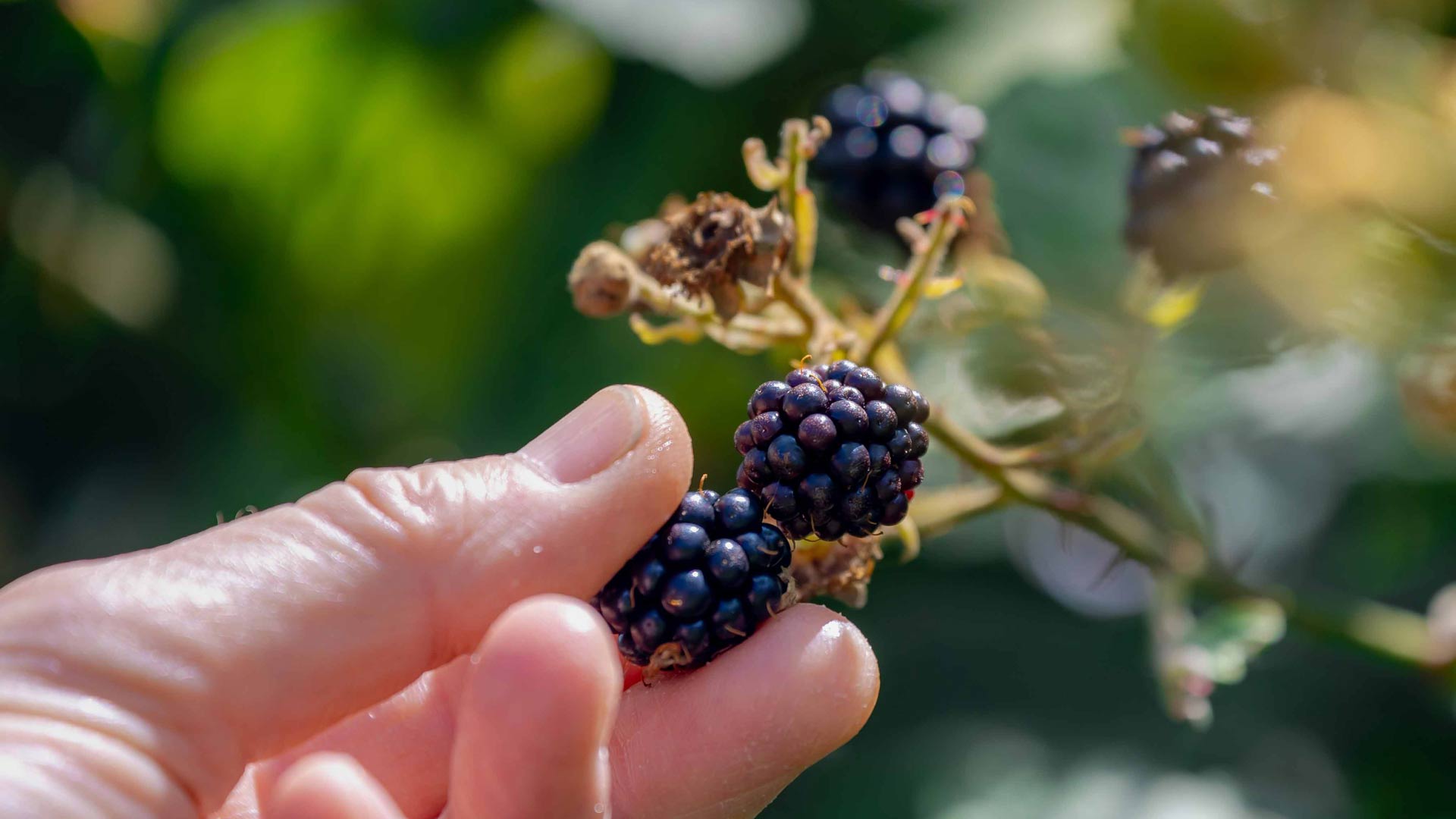
What is foraging?
Foraging is a term that describes the act of searching for and collecting wild plants, including fruits, flowers, and fungi, in natural environments. The UK’s hedgerows, forests, woodlands, and coastal landscapes provide an abundance of edible wild foods throughout the seasons.
What’s the best thing to forage in the UK?
The best wild plants to forage in the UK vary depending on personal preference and the time of year. However, wild garlic, nettles and soft fruits like blackberries are never hard to find at the right time and widely enjoyed.
Extra foraging tip: Download ‘What Three Words’ and pin the exact location of a specific hedge, bush or tree that’s not in season. Once the wild plants are ready to be picked, you’ll know exactly where to find them.
How to forage responsibly in the UK
Follow the below to ensure you’re being a responsible forager:
- Ensure you have permission before foraging as some locations and plant species require landowner approval. In general, it’s legal to forage on public land for personal use.
- Prevent waste by only picking items you’ve identified with 100% certainty.
- Never pick more than you need and ensure you’re in an area with an abundance of that item so you don’t deplete the supply.
- Keep freshly foraged food away from children and animals.
- Leave no trace or damage.
What to take foraging
You’ll need to take some essentials when you go foraging. Here are our recommendations:
- Box and basket for storing the plants you forage.
- Gardening gloves to protect your hands from thorns and ruffage.
- A small knife or pruners for snipping through stems or small branches.
- A small first aid kit for treating minor scratches or cuts.
- A magnifying glass to help you inspect plants and identify which ones are edible and which ones to avoid.
Foraging safety tips
- Before picking, eating or using wild plants, ensure you’re 100% confident in your identification.
- Avoid foraging wild plants close to polluted rivers, sewers or areas with a lot of harmful chemicals. Also, avoid picking berries that are below the knee, as they can be contaminated by animal waste.
- Always wash your pickings well before consumption.
- Join a local foraging group near you to receive great advice and the best spots to forage near you.
- Wear appropriate clothing to prevent scratches and bites.
- Be careful carrying and using sharp tools.
- Read the Food Standards Agency’s guidance on safe foraging.
Monthly foraging guide
There’s something to forage all year round in the UK. Here’s our month-by-month guide to what’s in season.
January

The year kicks off with a surprising number of options to forage in January:
- Acorns
- Chestnuts
- Hazelnuts
- Pine nuts
- Rosehips
- Sloes
- Nettles
- Crab apples
- Hawthorn berries
- Pine and spruce needles
- Seaweed
February
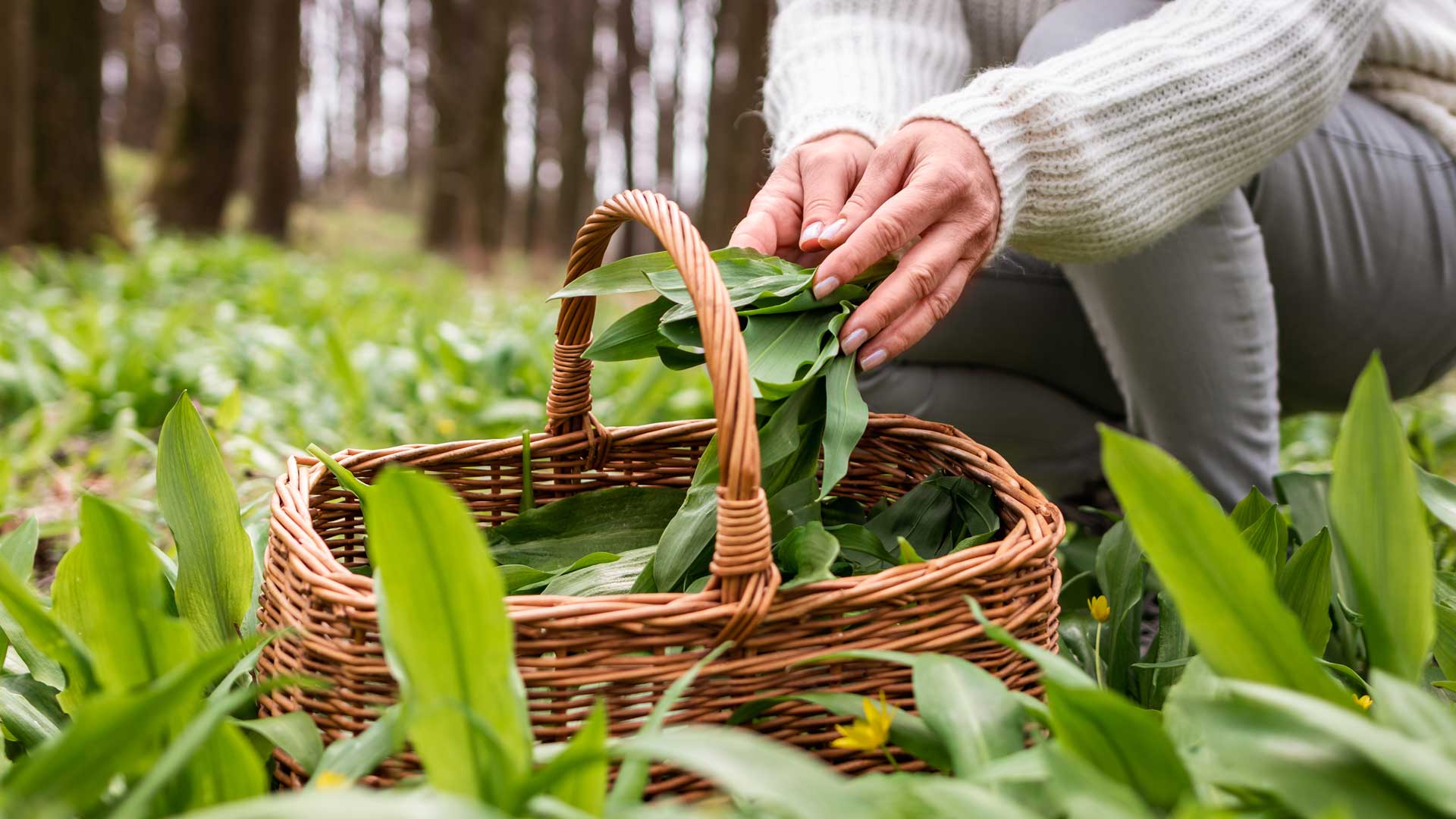
Shoots of early spring plants start to emerge in February, and some of the best pickings include:
- Wild garlic
- Alexanders
- Chickweed
- Dandelion
- Nettles
- Sweet violet
March
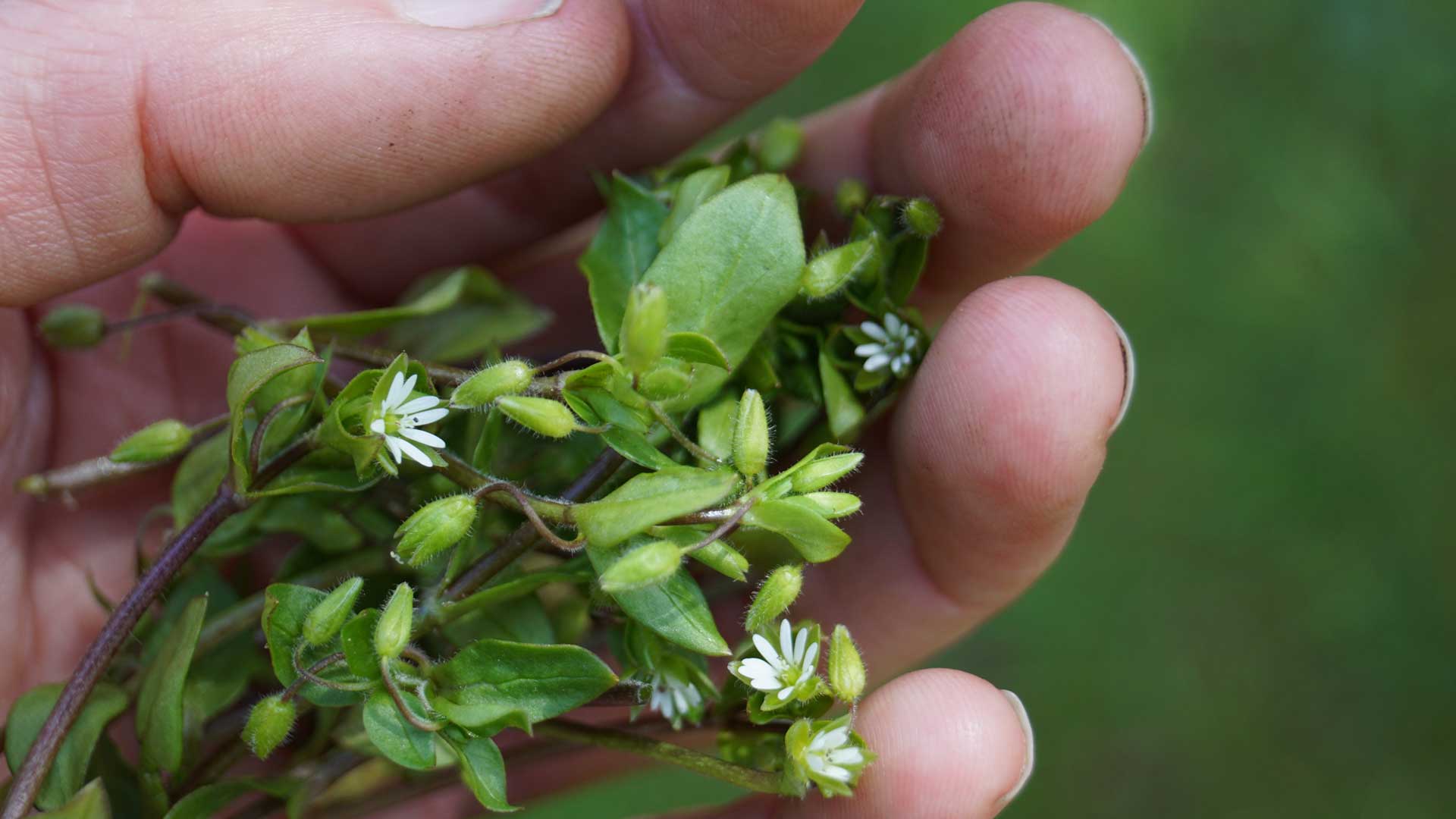
Spring has well and truly sprung by March with beautiful early greens:
- Chickweed
- Dandelion
- Goosegrass
- Gorse
- Nettle
- Wild garlic
- Sorrel
April
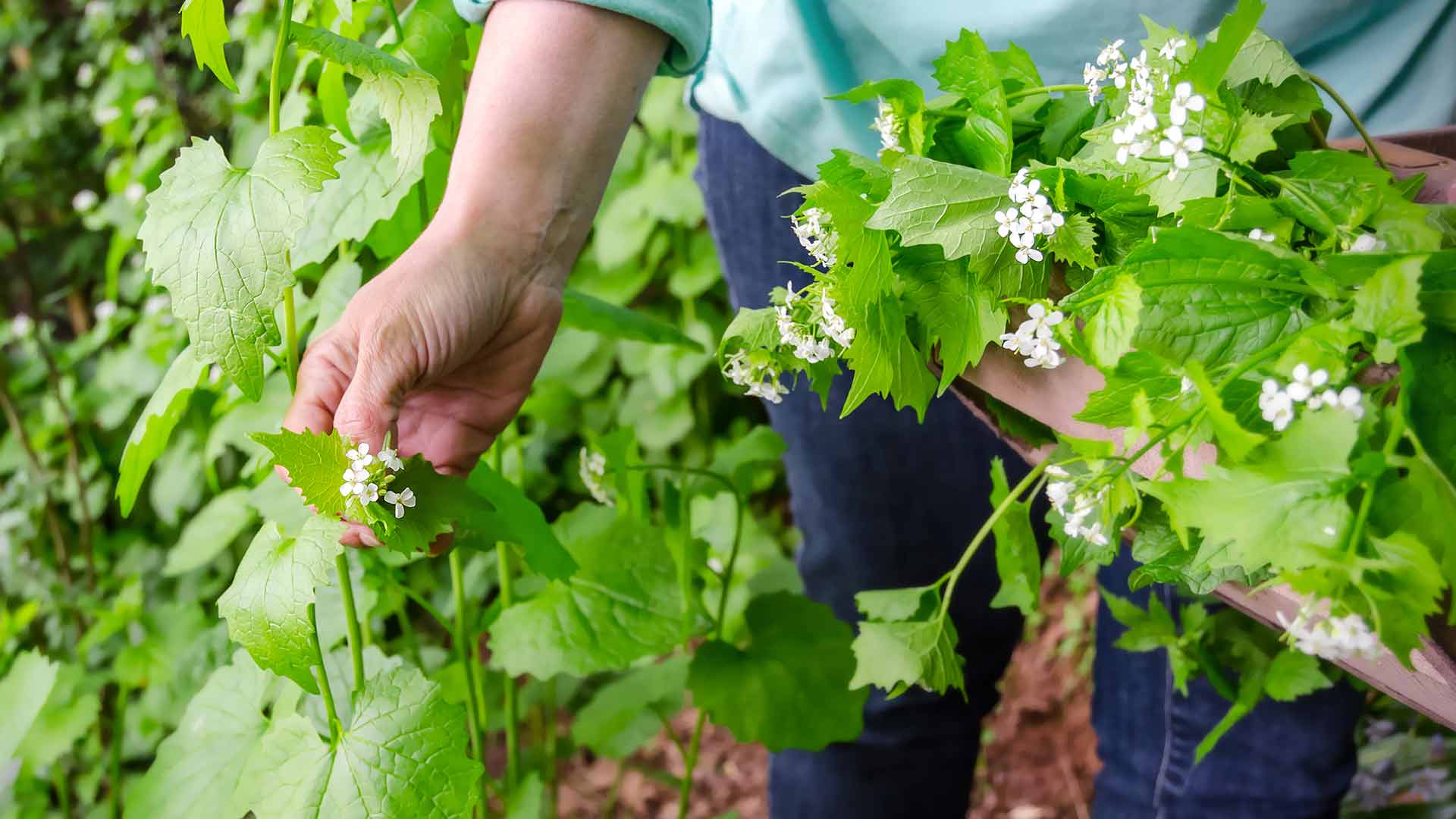
A vibrant month for foraging with nutritious spring plant growth:
- Alexanders
- Bramble leaves
- Garlic mustard
- Mallow
- Wild garlic
- Chickweed
May
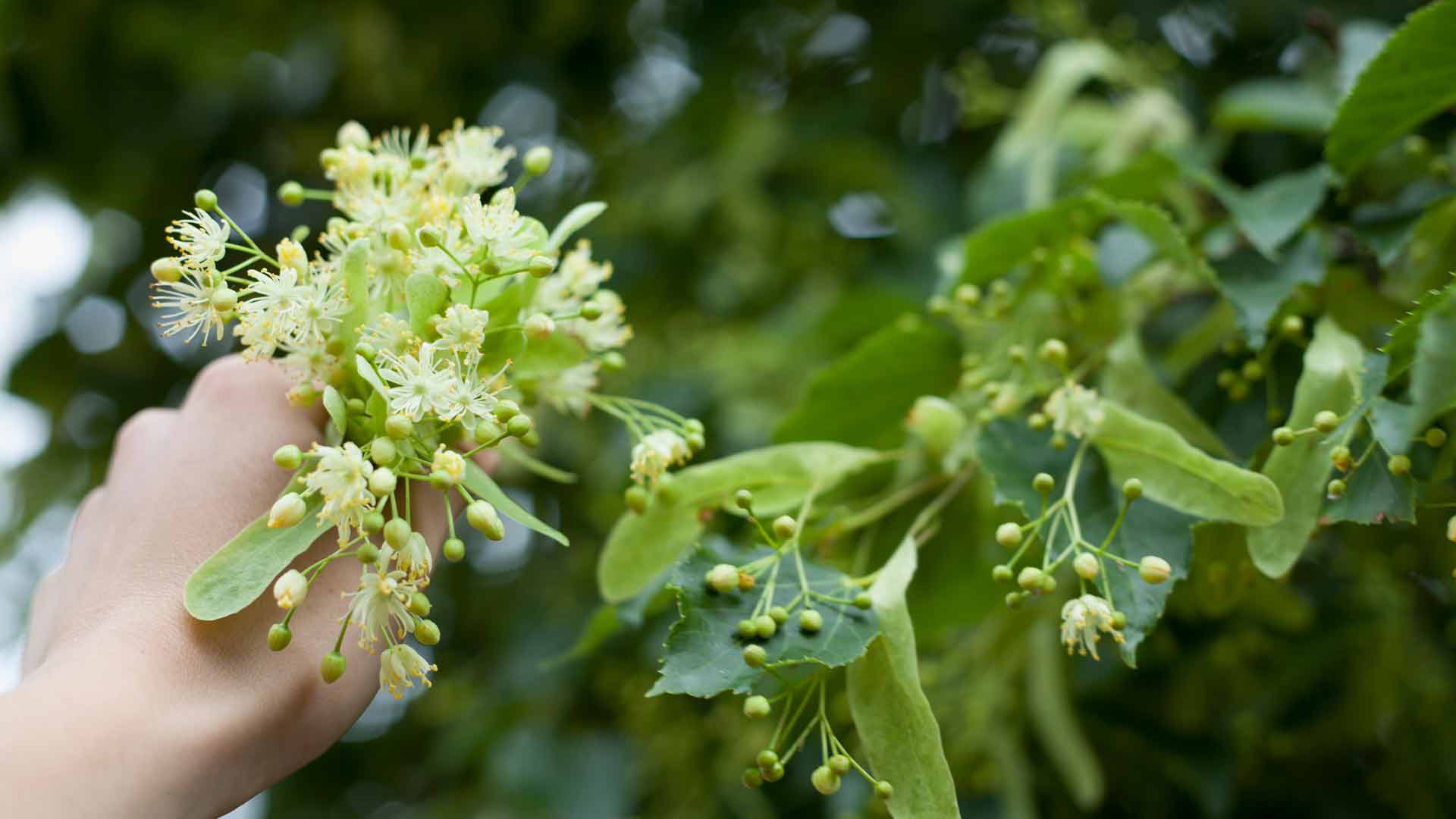
Many plants are at their most edible and tender in May:
- Chickweed
- Lime
- Mallow
- Oxeye daisies
- Dandelions
- Sorrel
June
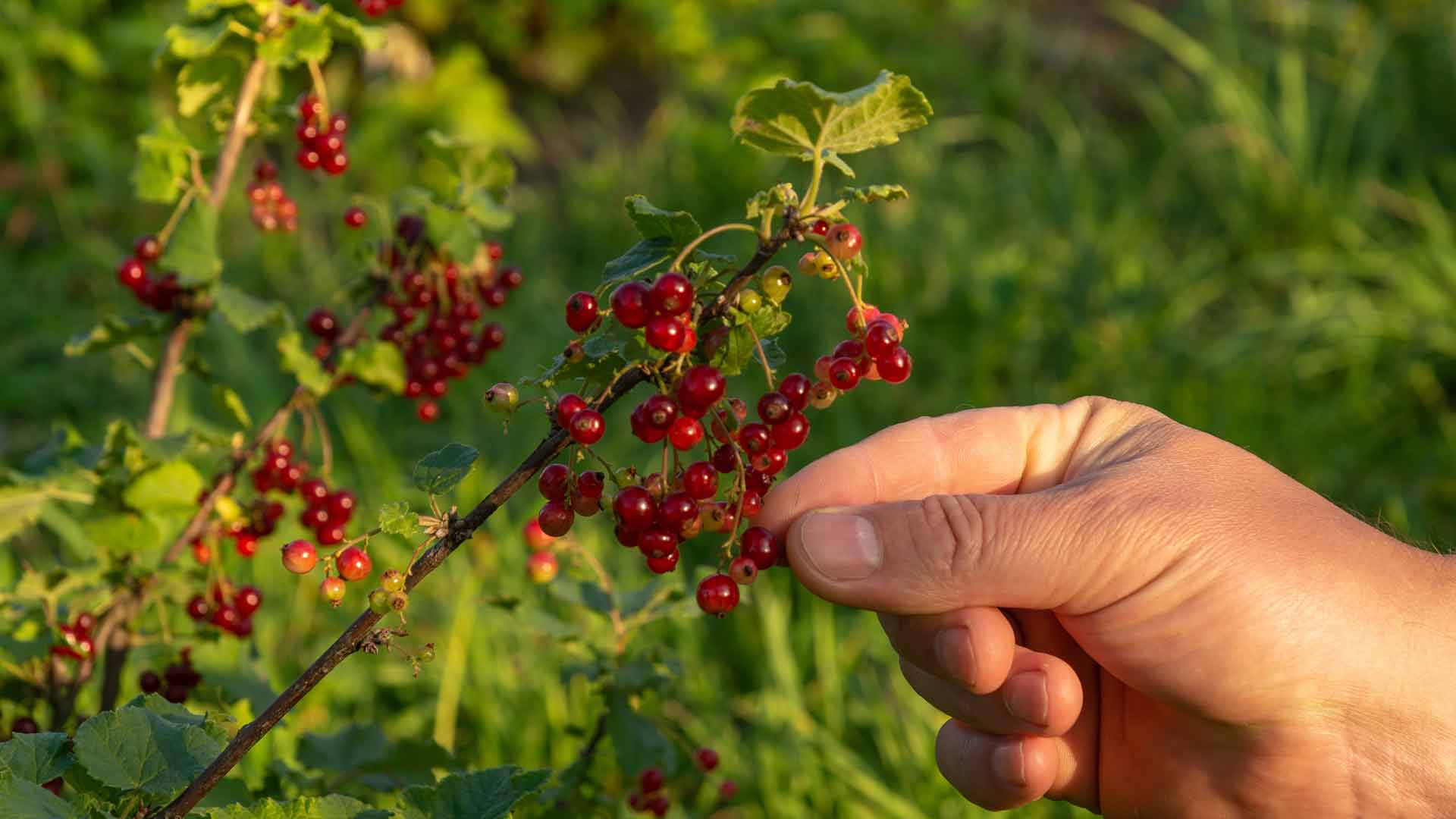
Plump fruits start to emerge in June:
- Honeysuckle
- Lime
- Pineapple weed
- Redcurrants
- Wild strawberries
July
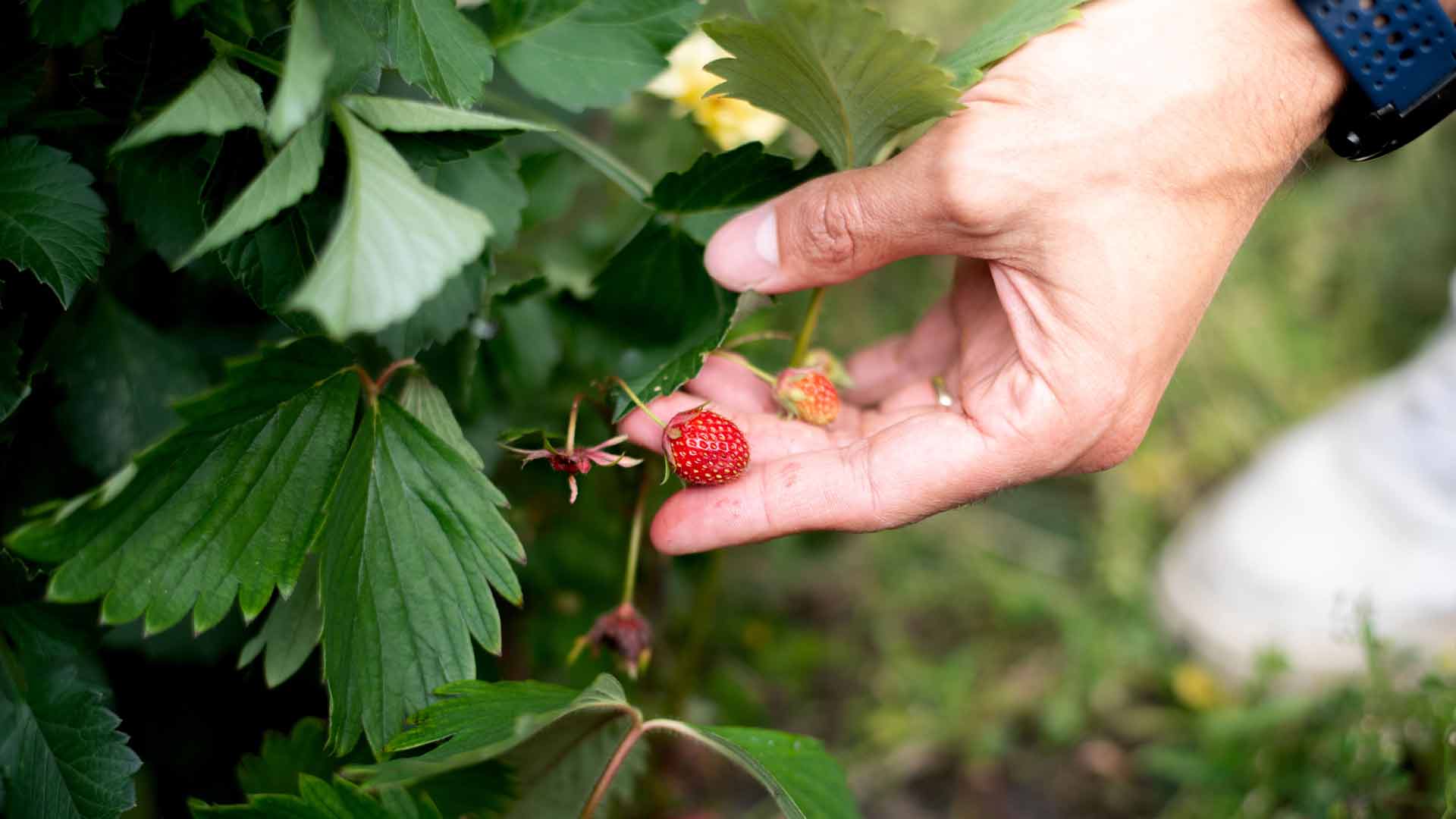
Berries and fruits aplenty with summer in full force:
- Bilberry
- Blackberries
- Chickweed
- Mallow
- Wild strawberries
August
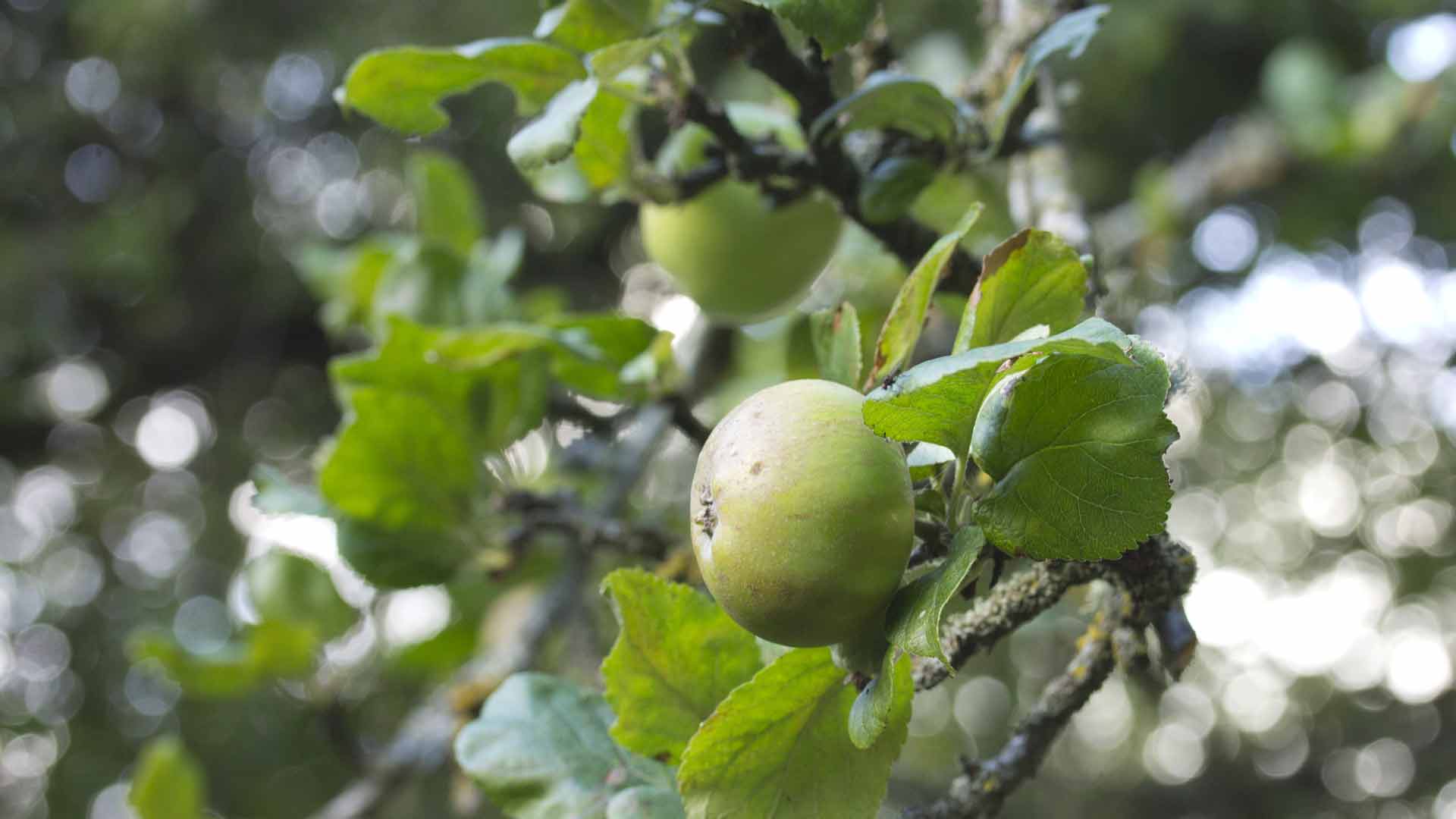
Berry season hits its peak as the end of summer looms:
- Blackberries
- Crab apple
- Dandelions
- Hazelnut
September
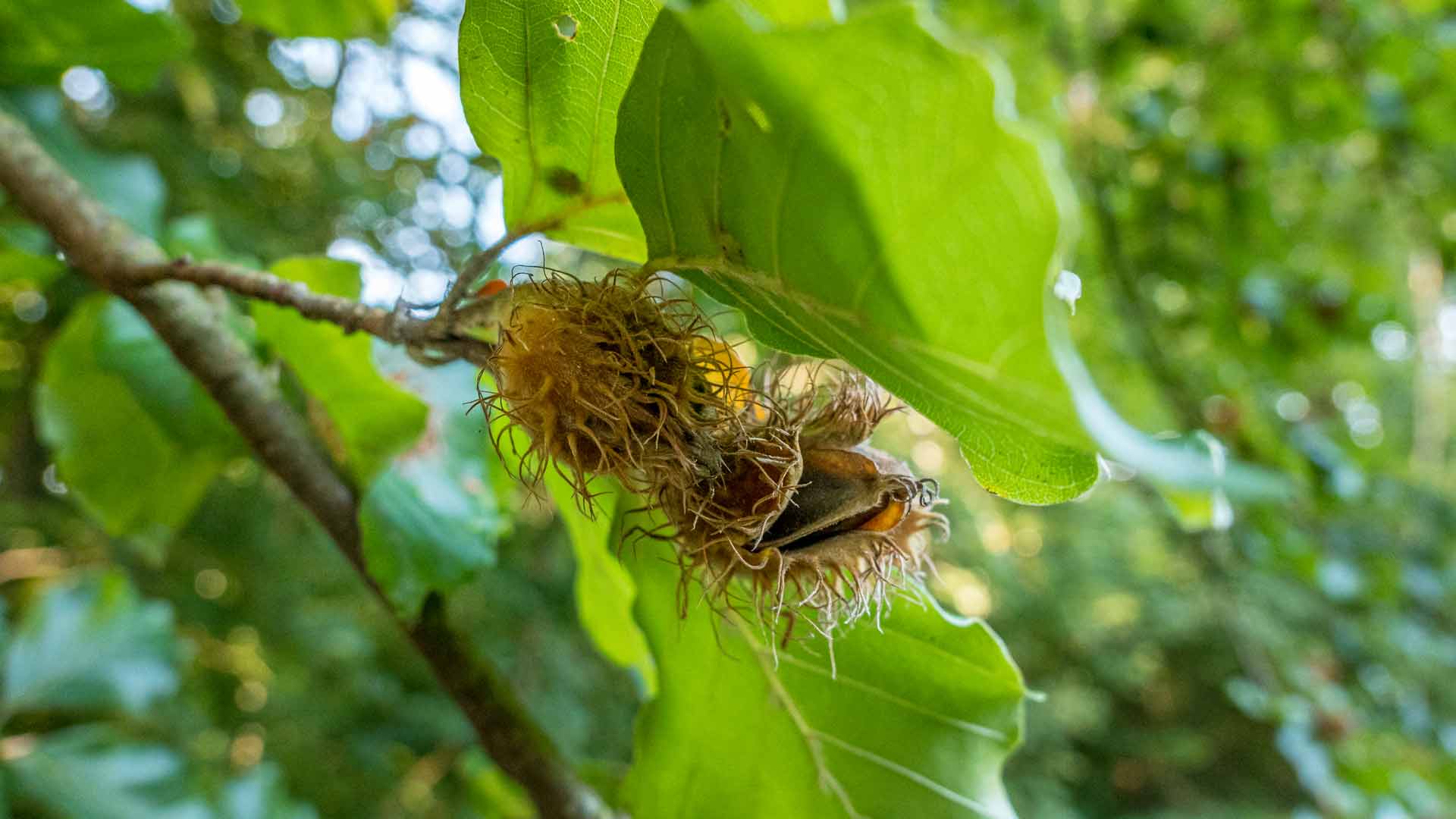
When summer collides with late autumn nuts are emerging:
- Beech nut
- Hazelnut
- Dandelion roots
October
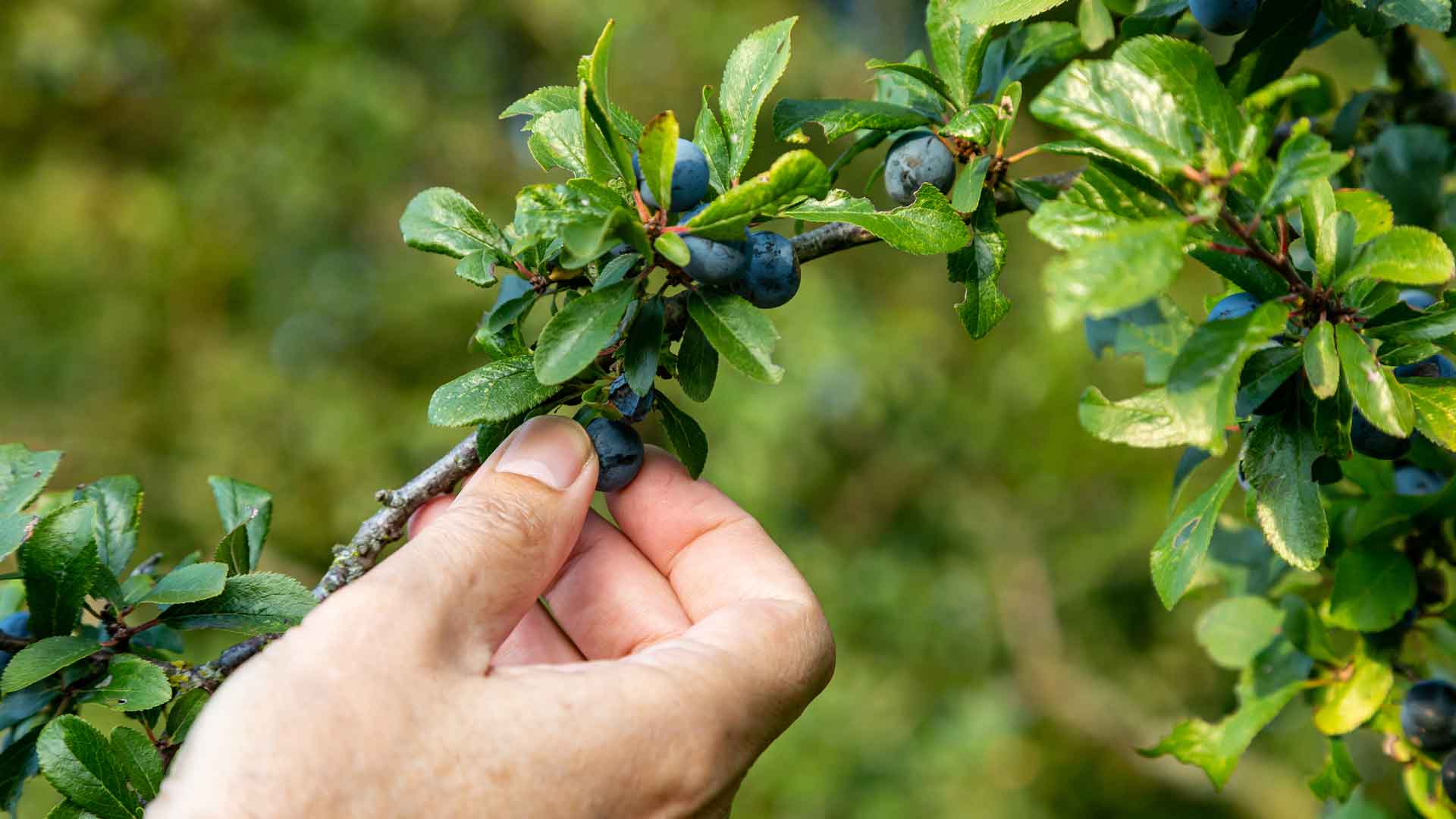
Autumn has officially arrived and offers an abundance of rich colours and earthy flavours:
- Beech nuts
- Hazelnut
- Rosehips
- Sloes
- Chestnuts
- Walnut
November
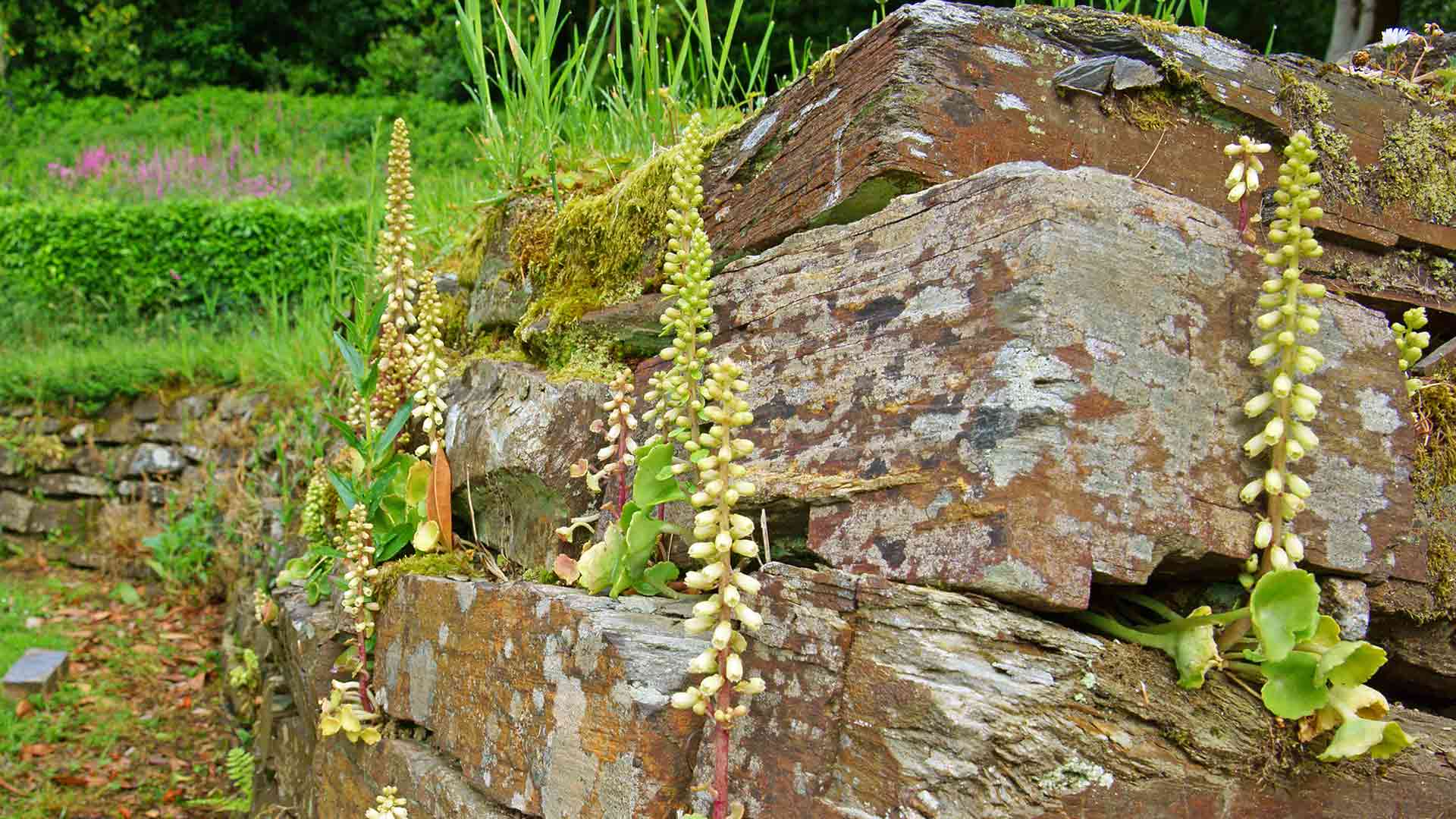
The foraging season starts to come to a close, but you may still find:
- Chickweed
- Navelwort
- Crab apple
December
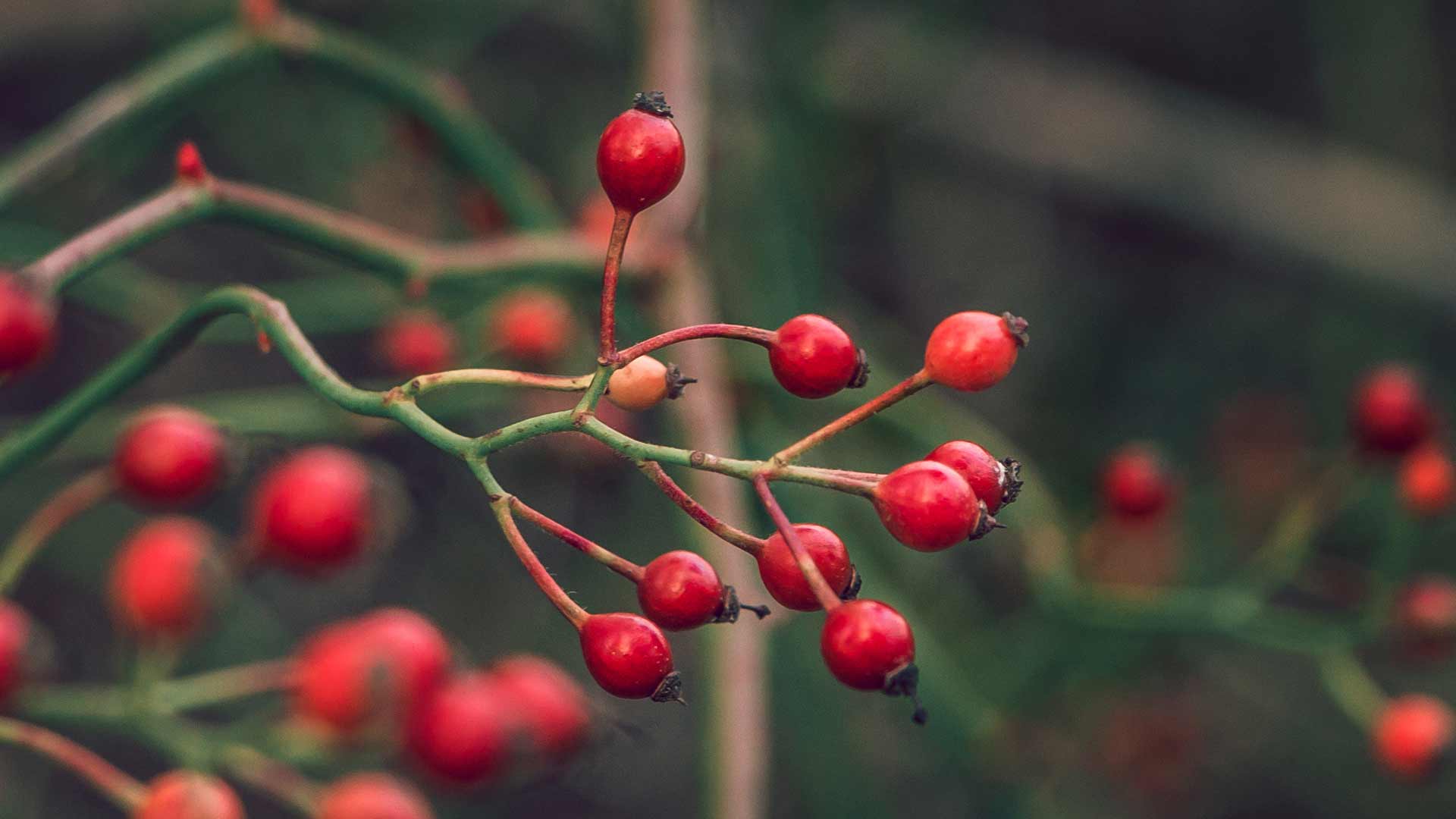
Wrap up warm and venture out for winter greens:
- Chickweed
- Wild garlic
- Dandelion root
- Rosehips
Popular foods to forage in the UK
Acorns
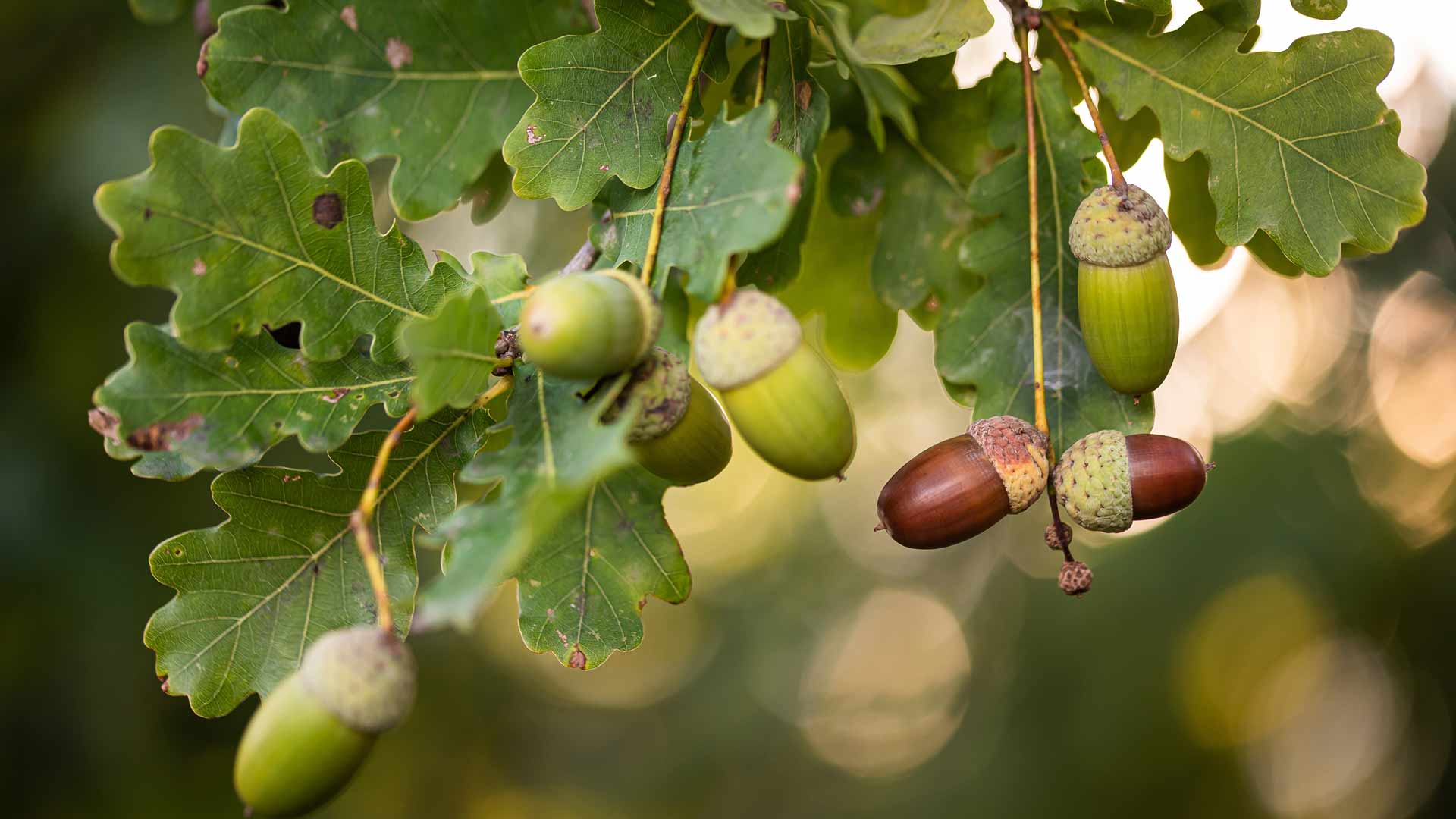
You might be surprised to hear that acorns, a squirrel’s favourite, are also fit for human consumption. It’s important to note that you must leach acorns to remove harmful tannins prior to using them. This is a simple process involving soaking them in hot or cold water. Ripe acorns can be roasted, ground into flour, or even brewed into a hot, nutty drink. The best months to forage for acorns are September and October, but you can find them throughout the winter months.
Alexanders

All parts of Alexanders (Smyrnium olusatrum), also known as horse parsley, are edible. A member of the carrot family, Alexanders roots can be roasted, young leaves can be added to salads, and the seeds can be used as a spice. Late winter and early spring are the best times to forage for young leaves.
Beech nuts

Scrape off the outer brown skin to reveal a triangle seed, which makes for a tasty snack. The best months to forage for beech nuts are from September to November.
Bilberries
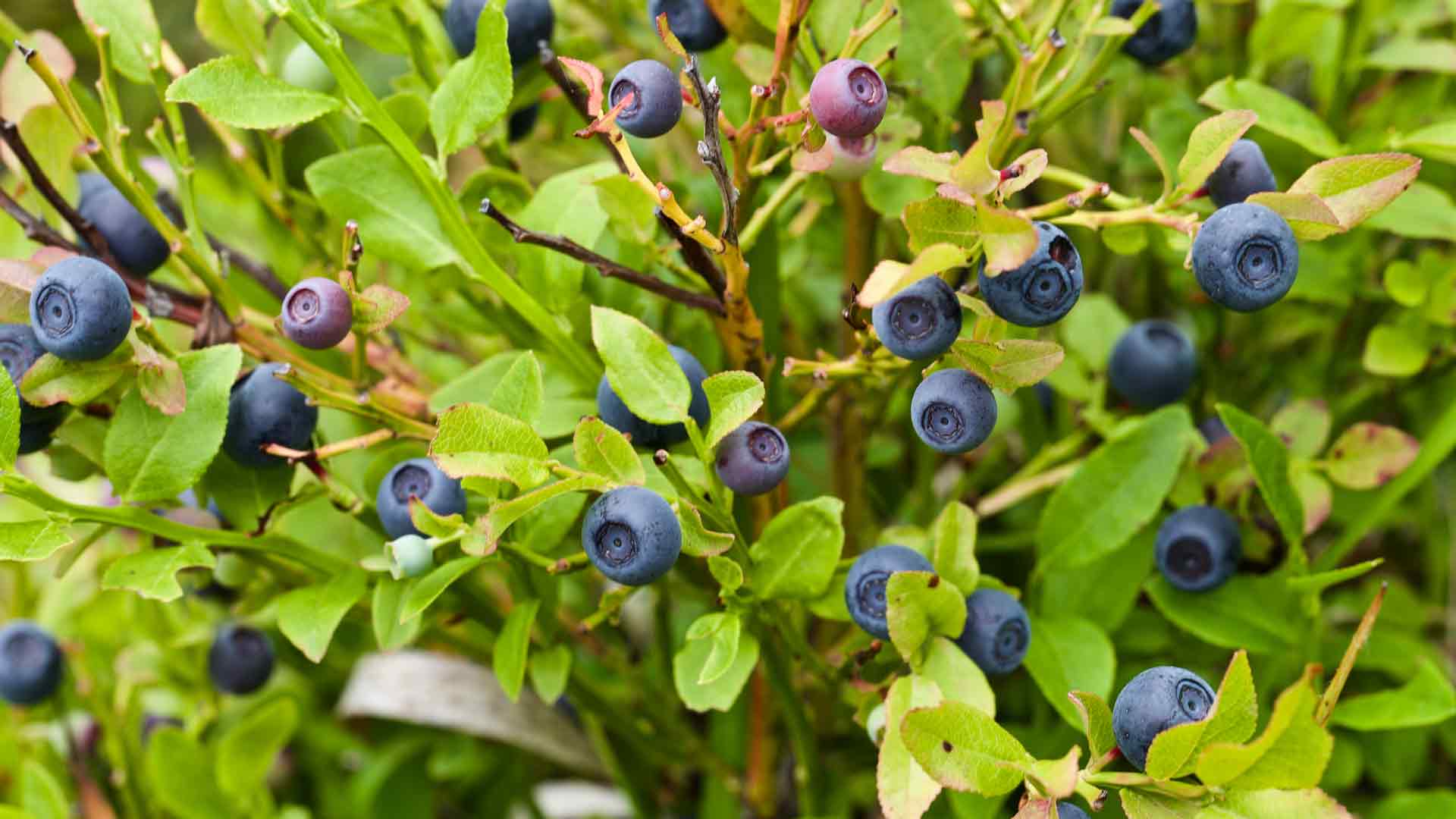
Bilberries can often be found near gorse during the later summer months. The berries can be eaten raw, made into jam, crumble and other delicious treats.
Blackberries
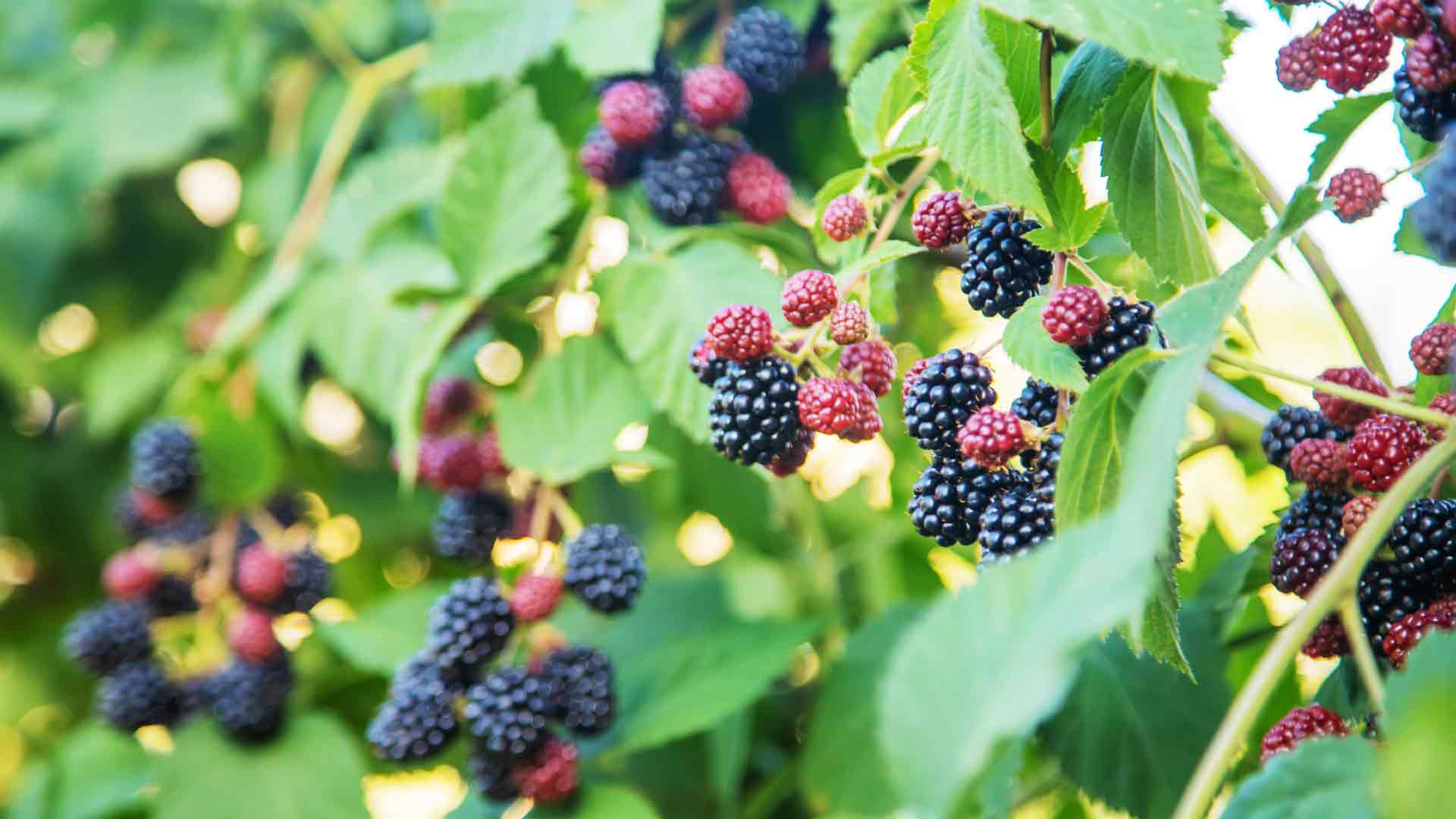
A popular fruit to forage is blackberries. Not only are they perfect as a healthy snack, but you can also transform them into jams, use them in wines and create delicious desserts. The best months to forage for blackberries are from August to October.
Bramble leaves
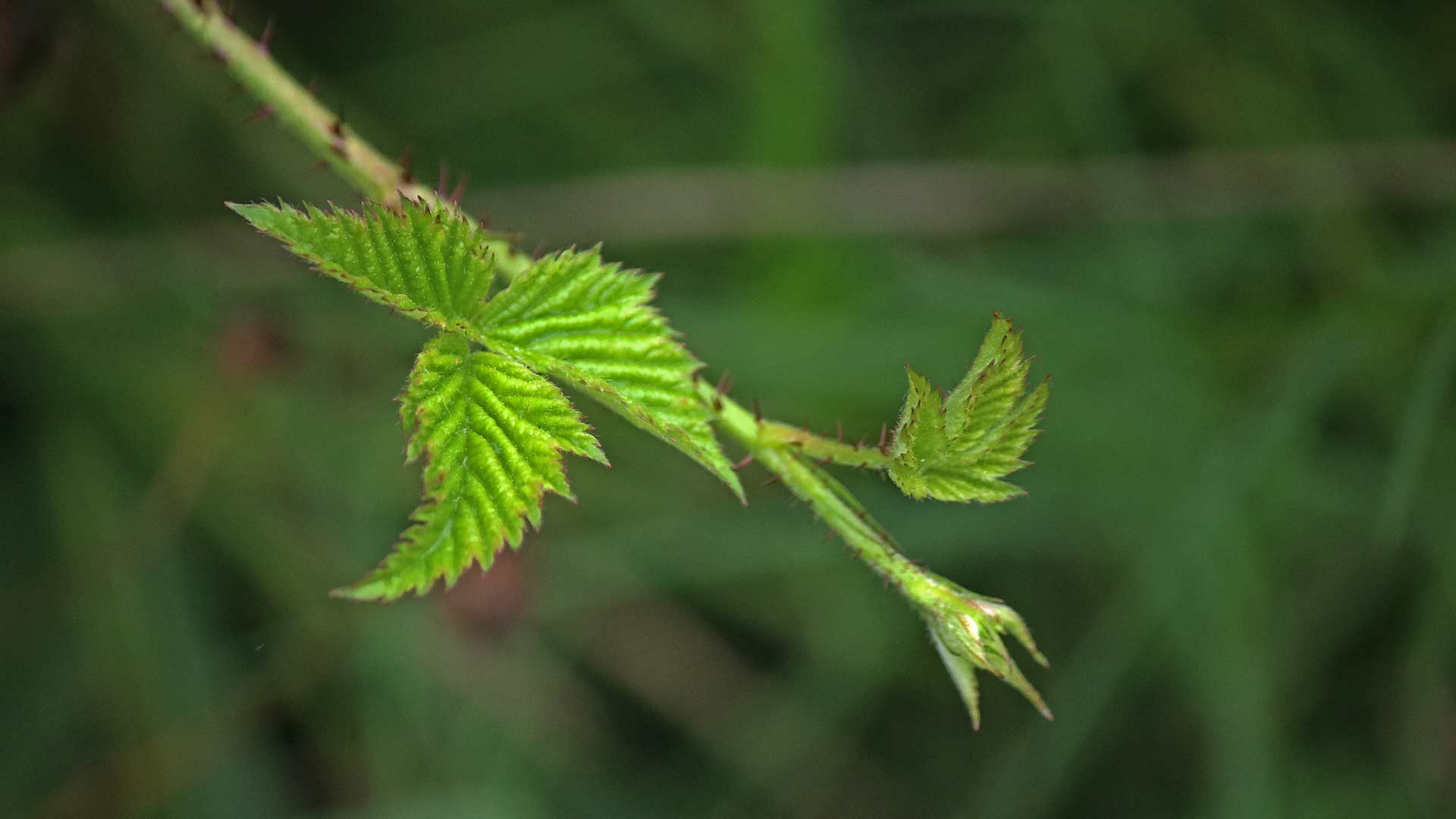
Young bramble leaves can be picked in spring and early summer and used to make tea or be eaten raw in salads.
Chestnuts
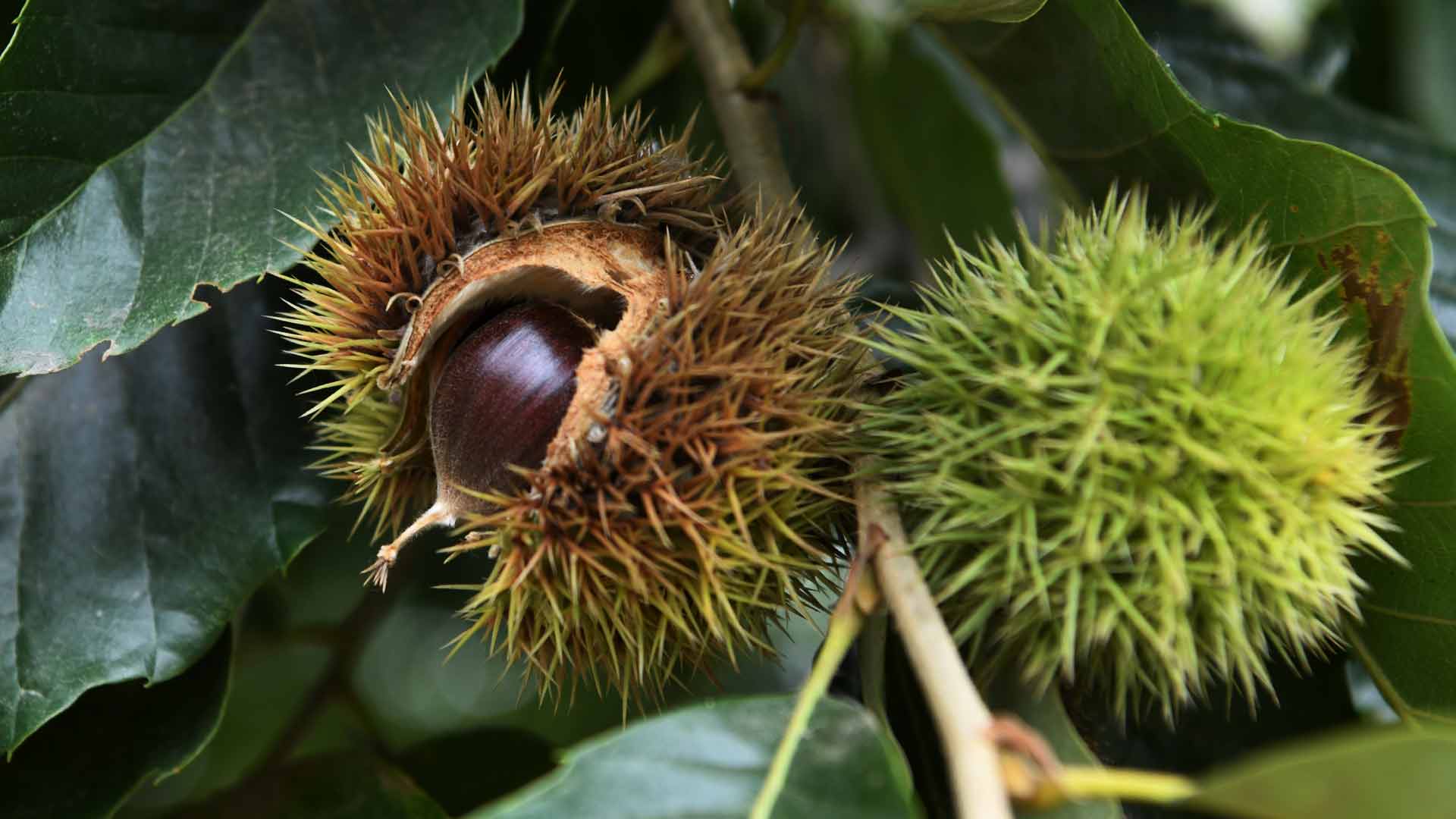
The spiky, non-native chestnut is a classic winter treat. Found throughout the winter months, roast these for a cosy and delicious snack.
Chickweed
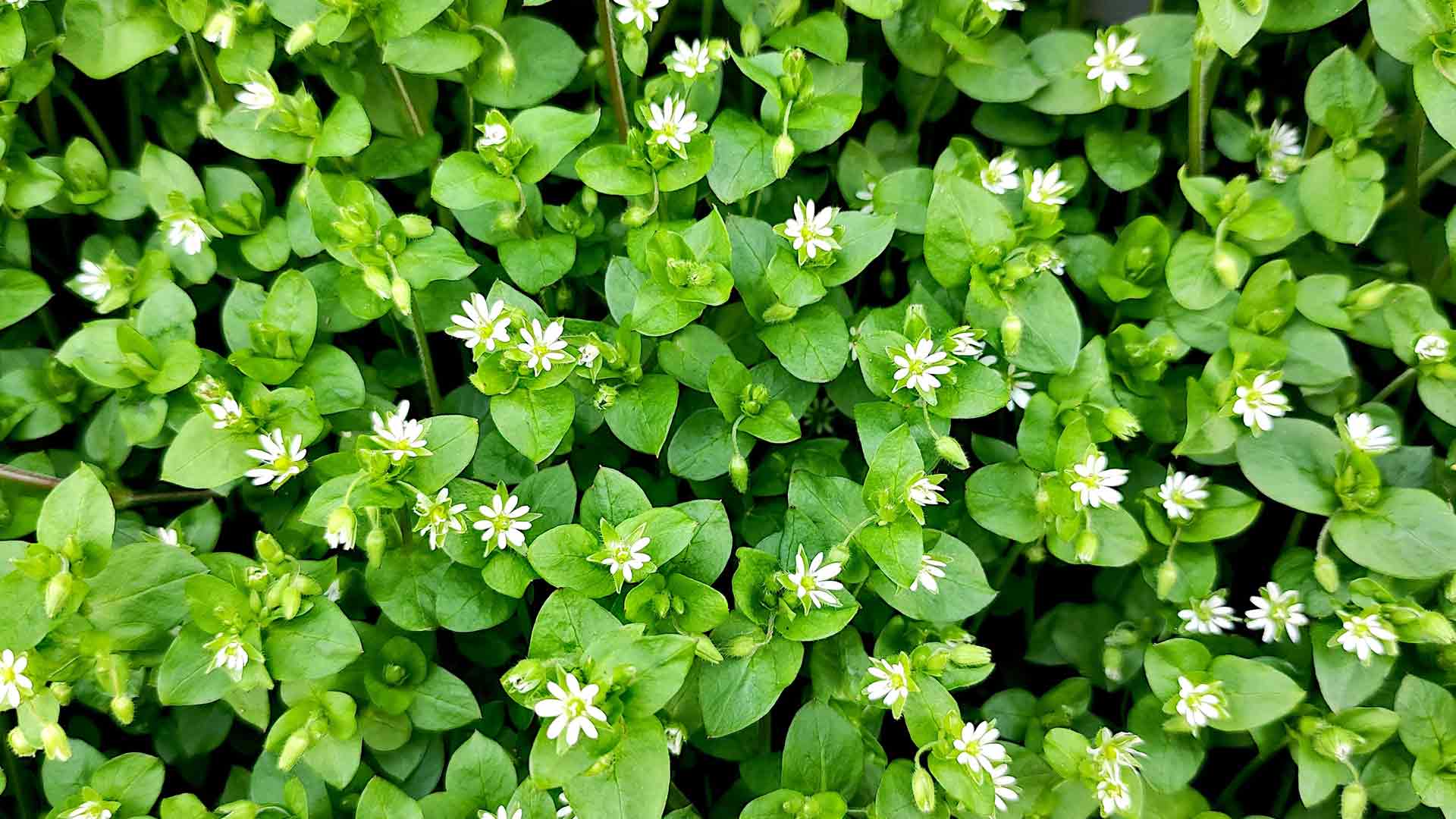
You can find Chickweed all year round in UK gardens, grassland and woodlands. Use Chickweed to make salads, blend it into a pesto or even eat it steamed on the side of your favourite dish.
Crab apples

Crab apples can be found in hedgerows and woodland edges. They produce beautiful fragrant blossoms in spring and tasty fruit in late summer. Crab apples are tastiest when they’re ripe and cold in autumn. You can infuse them with alcohol or use them to make juices, syrups, desserts, jelly, butter, vinegar, and pies. The best months to forage for crab apples are from September to November.
Dandelions
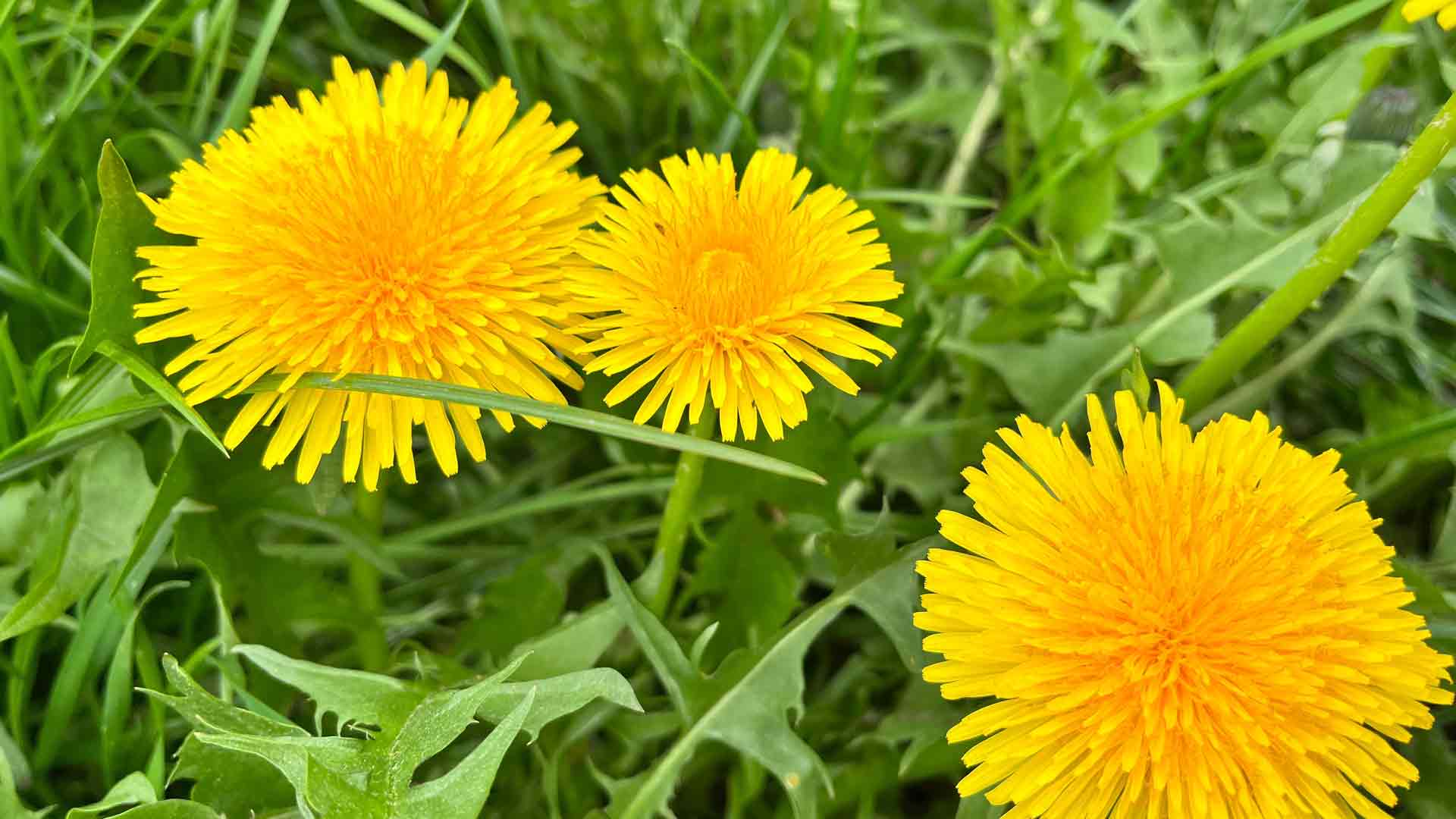
Although to some, dandelions are seen as pesky weeds, it may be surprising to know that dandelions can be foraged and consumed. They can be fried or used in teas. The young leaves of Dandelion can also be eaten raw, but they get bitter when the plant matures. The best months to forage for dandelions are from March to May.
Garlic mustard
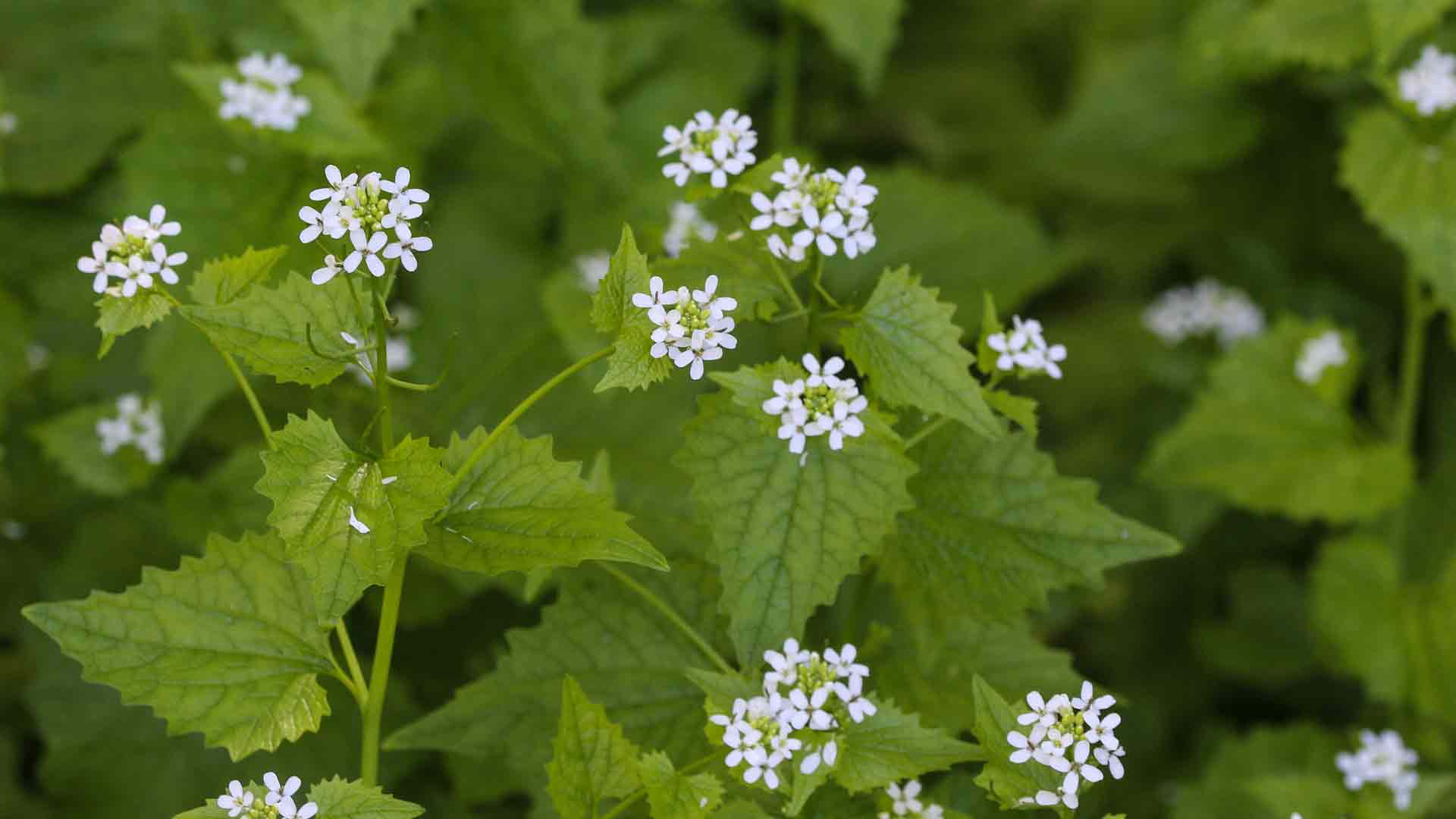
You can eat the flowers, leaves and seeds of the garlic mustard plant. Crush the leaves and stems between your fingers to smell the garlic scent emitted by this plant.
Goosegrass
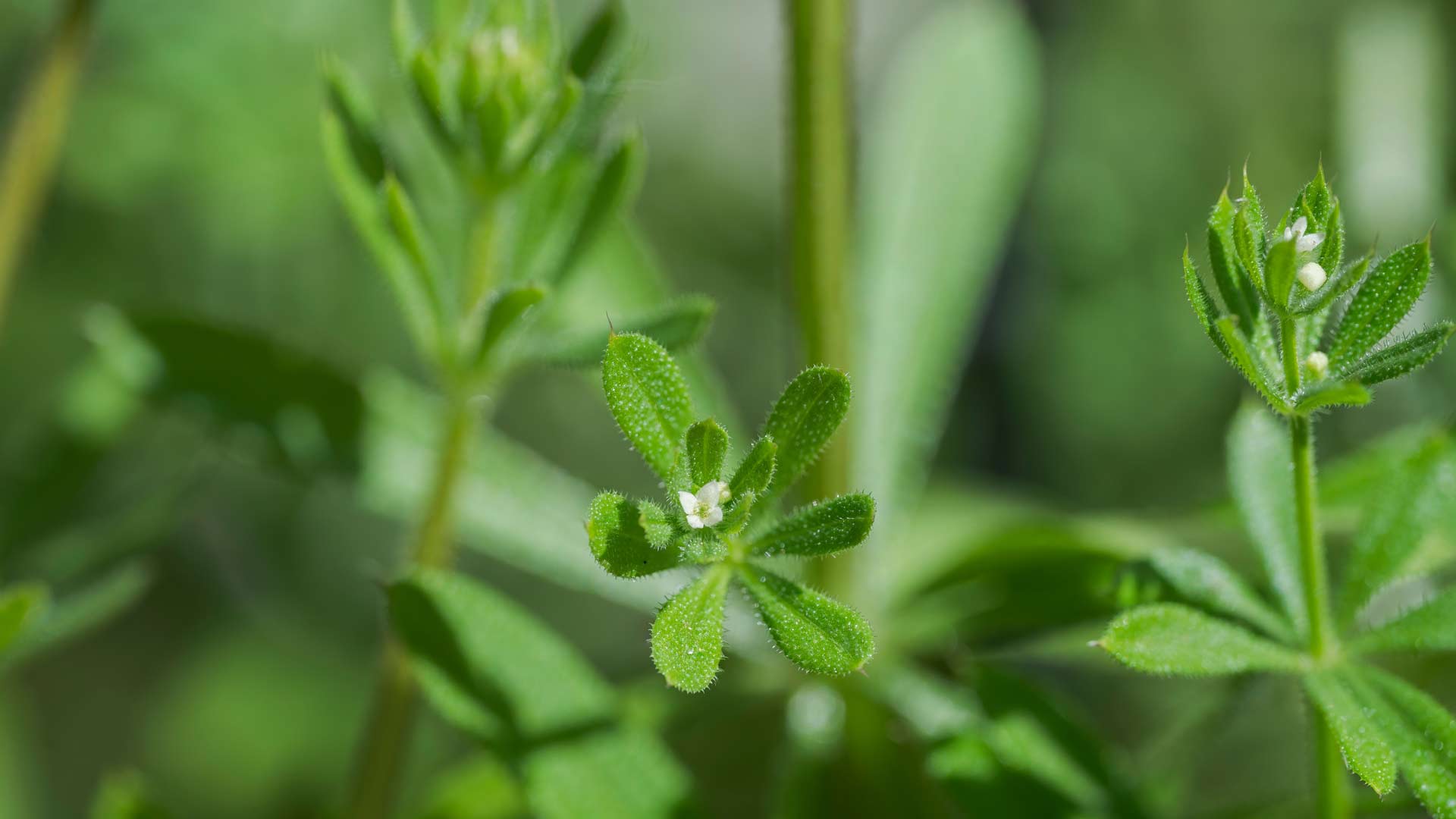
Also known as cleavers, or sticky willy, this is a widely available weed that is easy to identify. It’s hairy, square stems, which are covered in tiny hooks, make it sticky. Best foraged in the spring when young, goosegrass can be added to salads, used to infuse water and much more.
Gorse
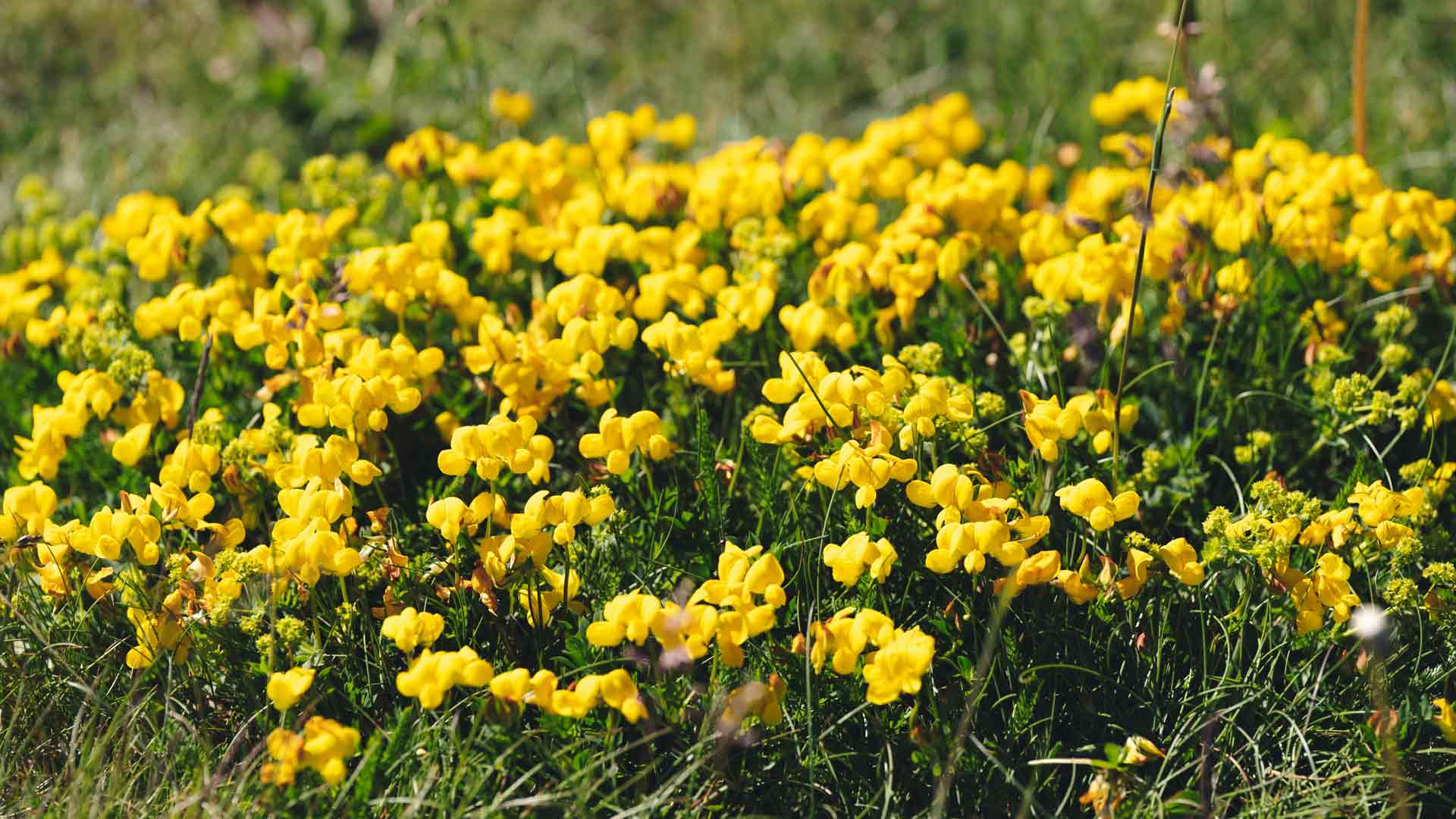
The bright yellow flowers of the gorse shrub can be used to make tea, to infuse spirits or added to salads. You can find gorse flowers year-round, but are most likely to spot them in the spring months.
Hawthorn berries

Hawthorn berries can be used to make jelly, wine or tea. They’re also a good ketchup substitute and add a little colour to any cheese board. The best months to forage for hawthorn berries are from September to November.
Hazelnuts
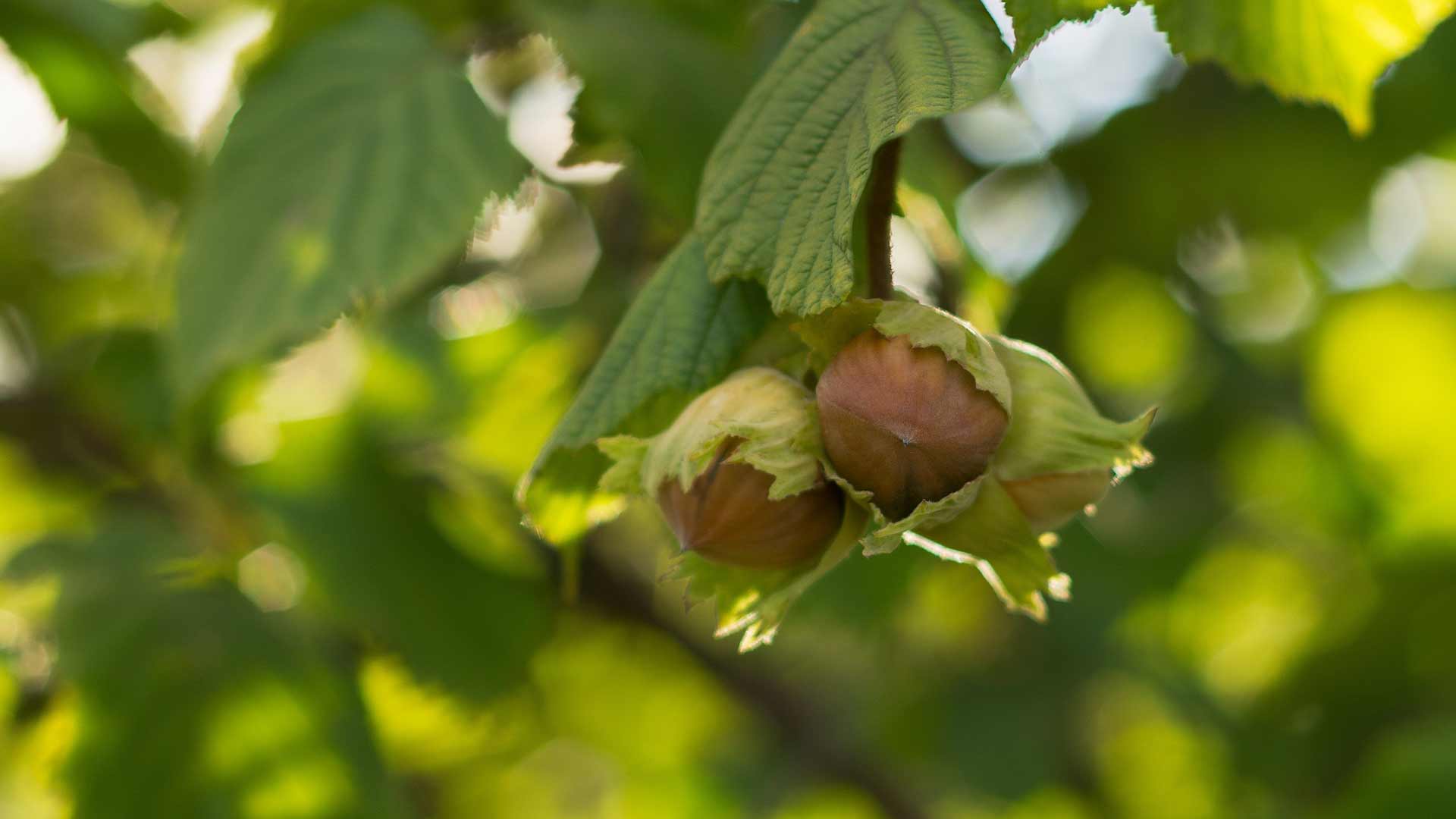
To become edible for humans, hazelnuts must mature fully and dry out. Once the papery outer covering starts to pull back from the nut, the hazelnuts are safe to eat. The best months to forage for hazelnuts are September and October.
Honeysuckle

Only the flowers of the honeysuckle plant are edible; it’s important to note that the rest of the plant is toxic. You can drink the nectar directly from the blossom and use the flowers to make tea, cordial or syrup.
Lime
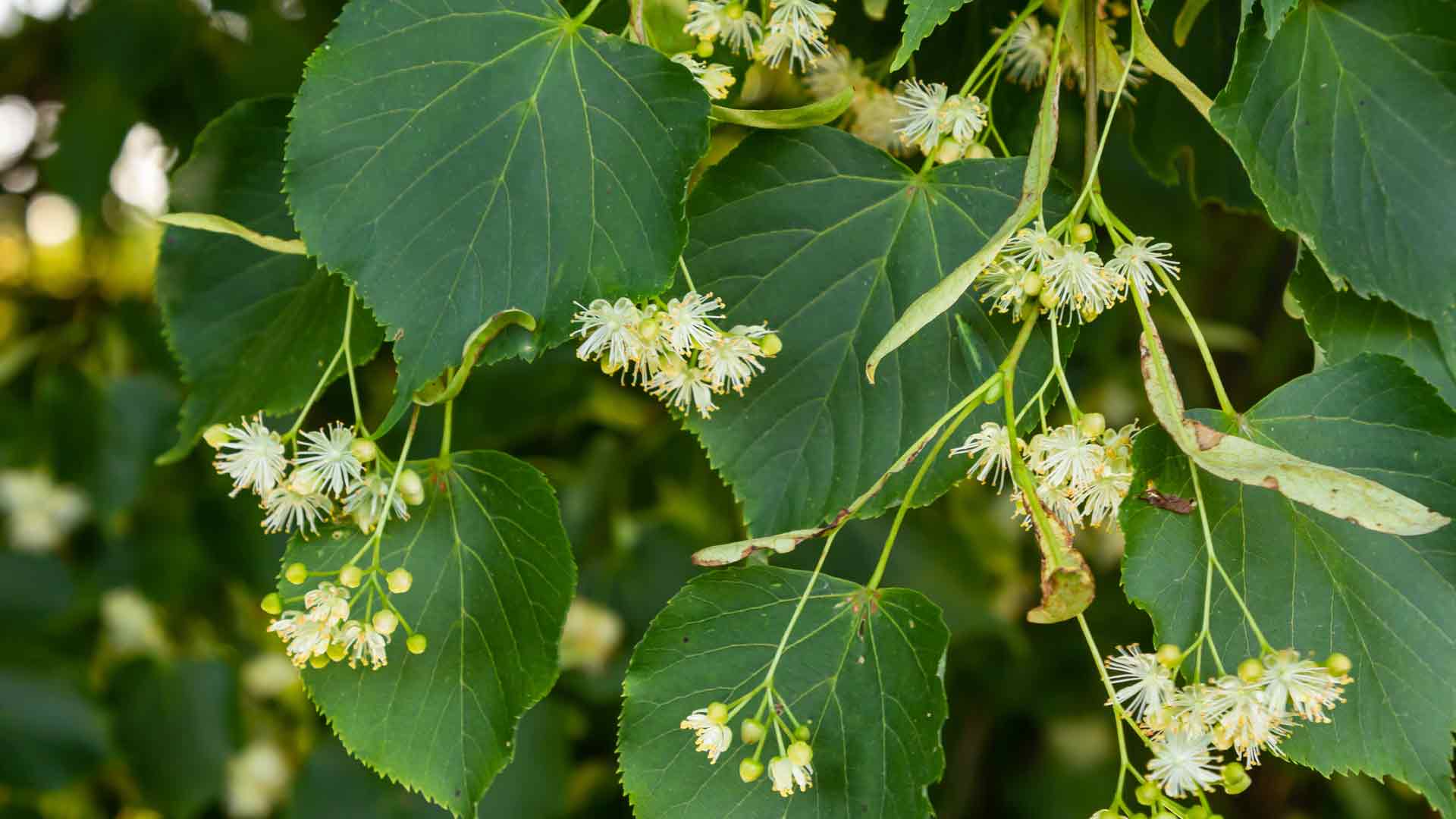
June and July are peak months for foraging lime tree flowers. Best foraged in the morning when they’ll have the most nectar, lime flowers make a fragrant tea, can be used to make cordial and young leaves can be eaten in salads.
Mallow
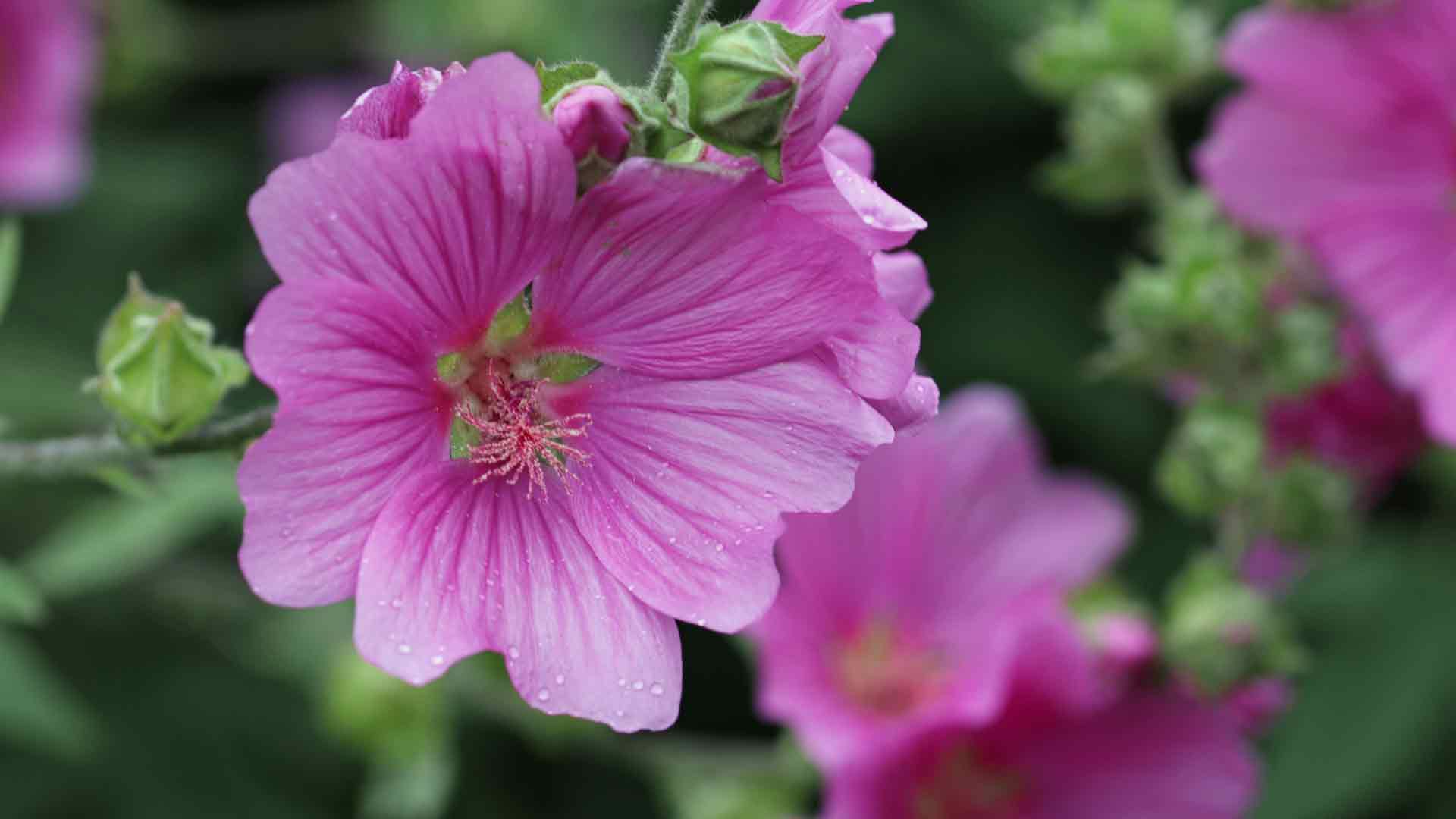
You can eat the leaves, flowers and seeds of the mallow plant. You’re most likely to find mallow from late spring to early summer.
Navelwort

Add a sweet, peppery flavour to salads with navelwort, which is best picked in the winter months when leaves are young.
Nettles
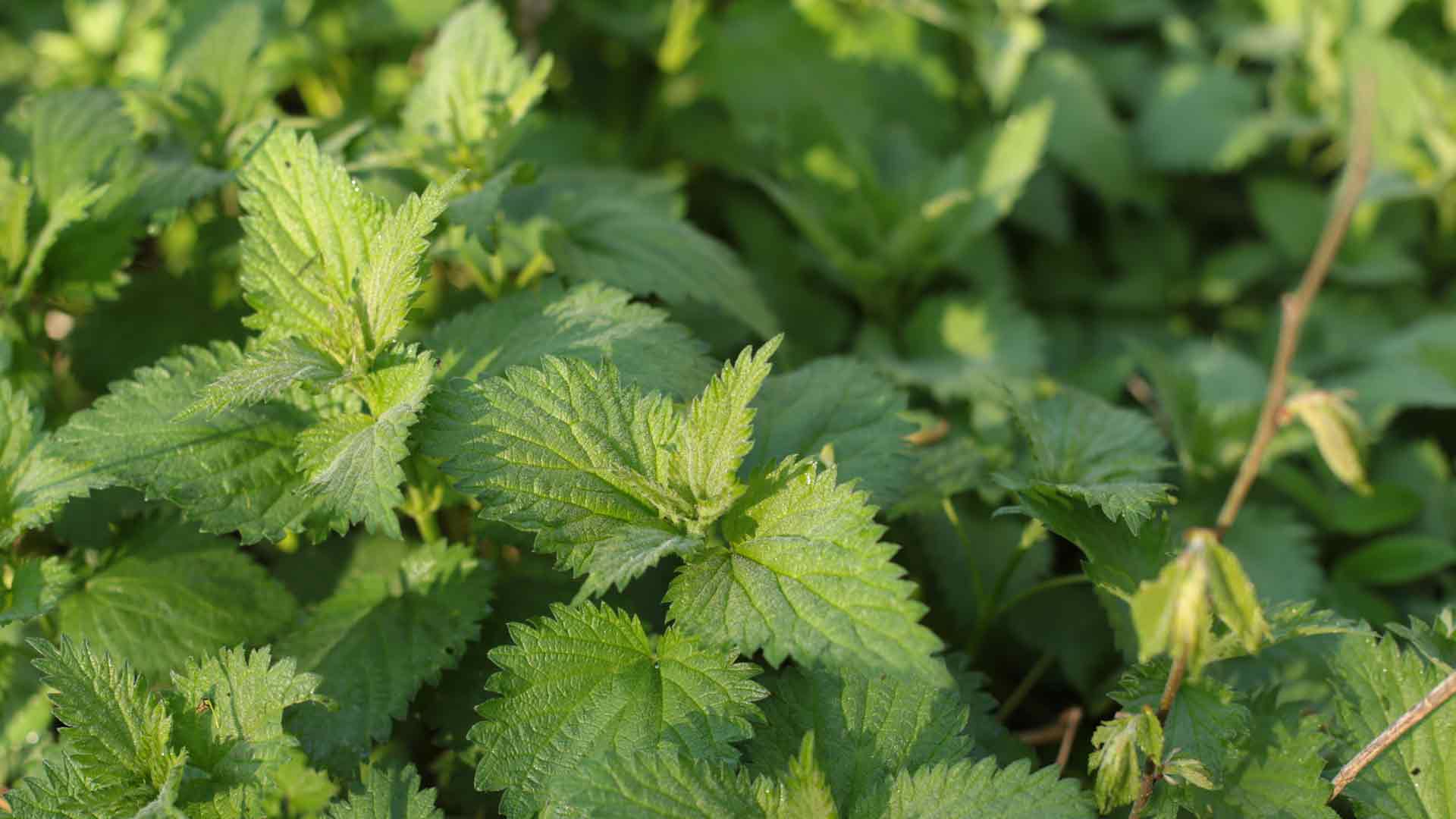
Nettle leaves are a great superfood rich in vitamins A, B complex, C, K, iron, potassium, calcium, and manganese. You can use them for making delicious drinks, teas and soups. The best months to forage for nettles are from March to September.
Oxeye daisies
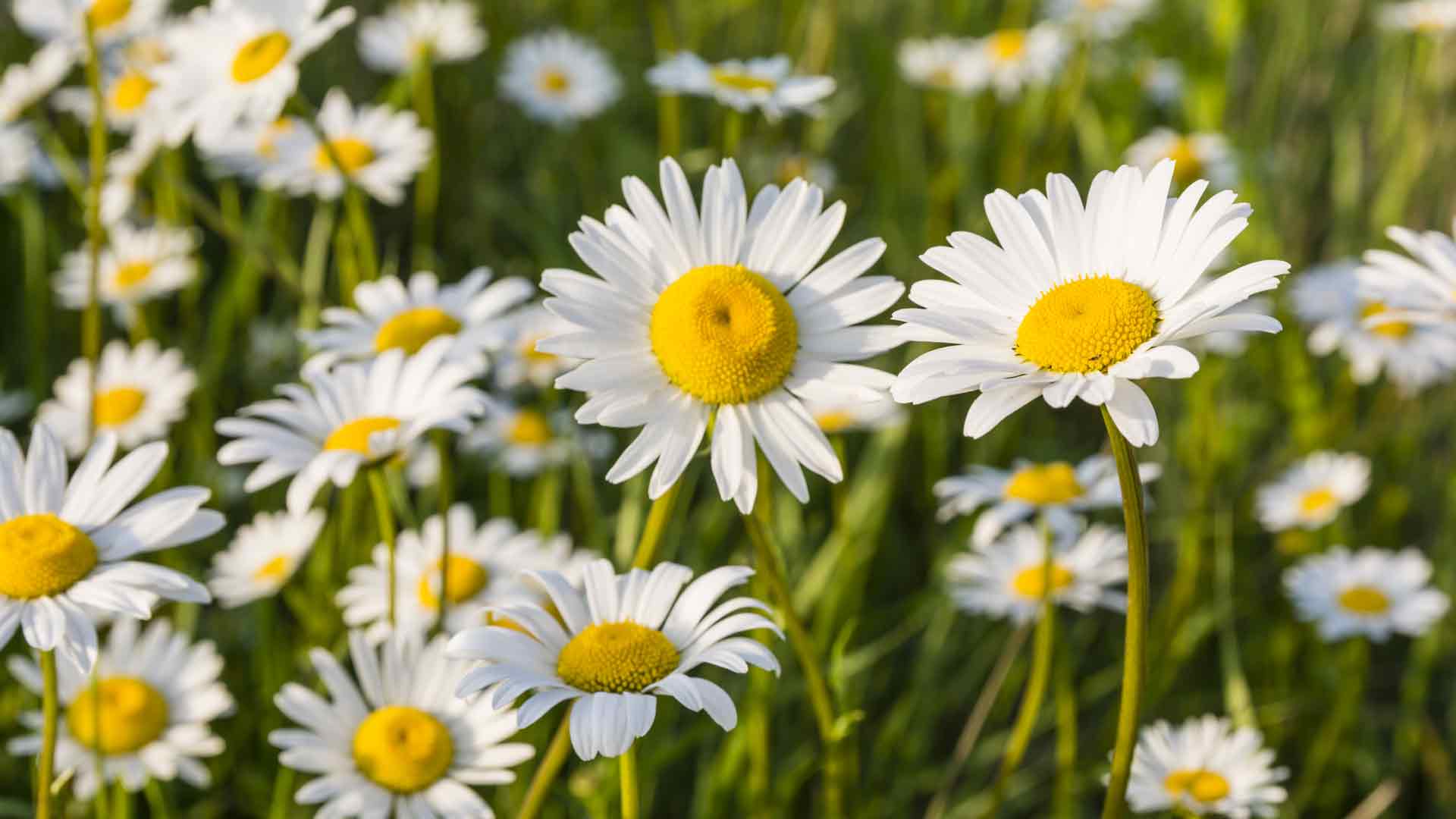
Easily identifiable due to their big, round flower heads, you can eat both the leaves and flowers of oxeye daisies.
Pine nuts

Most commonly found in summer and early autumn, pine nuts can be found inside mature, open pine cones. Eaten raw or toasted, they’re a great addition to salads, soups or eaten alone as a snack.
Pineapple weed

May to September are the best months for foraging pineapple weed. You can identify it best by crushing developed flower heads between your fingers to detect the pineapple scent. Eat it raw and enjoy in a salad.
Redcurrants
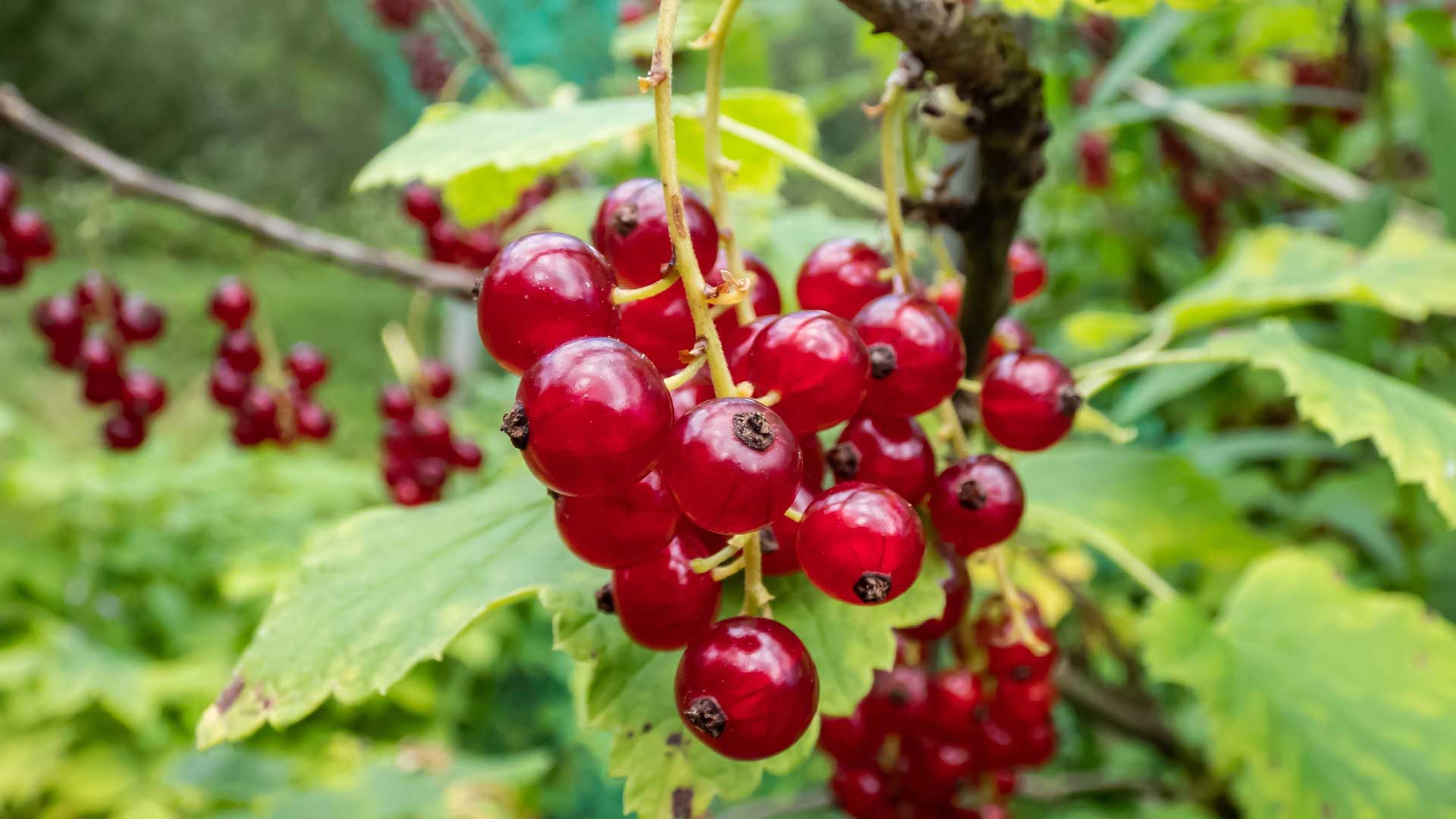
Redcurrant season starts in early summer and can go right through to September. Redcurrants make brilliant jam and sauces, or can be eaten as picked in a salad.
Rosehips
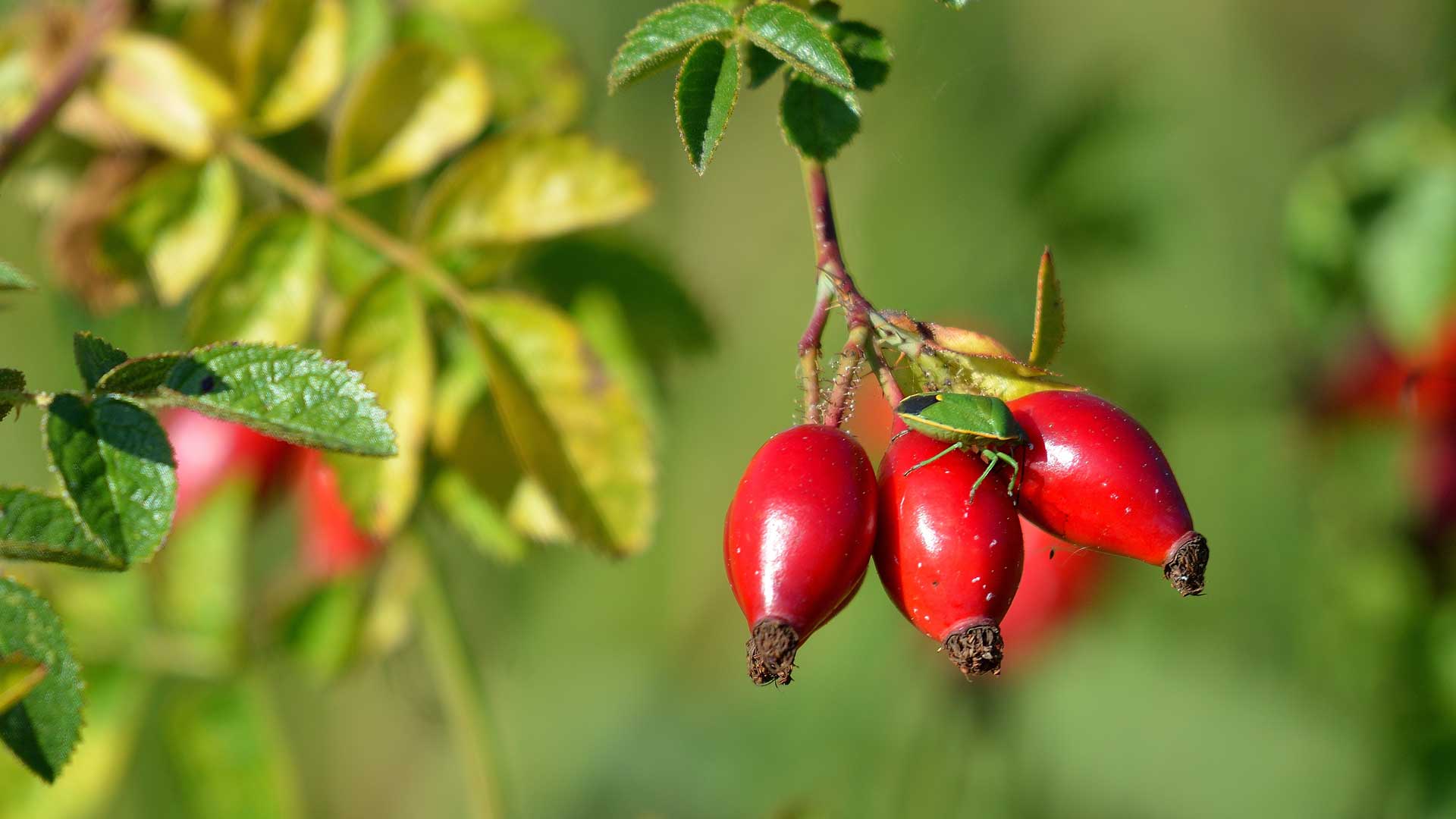
Late summer to early winter is best for seeking out the fruit of wild rose bushes. Ensure they’re ripe (red, plump and slightly soft) before picking and heading home to make syrup, tea and even jam.
Seaweed
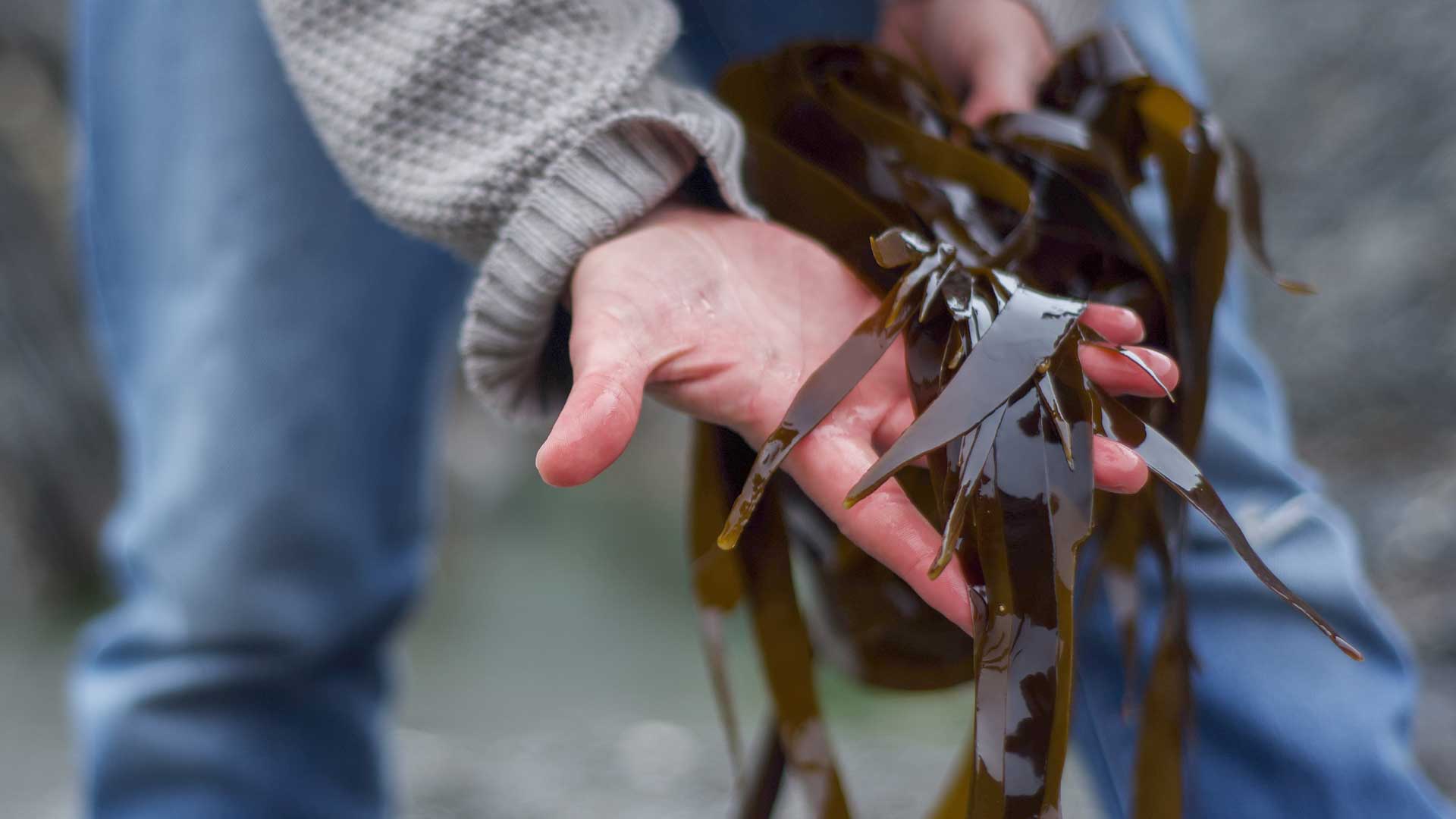
Seaweed is a highly nutritious and bountiful food source you can forage for along the UK coastline. There are no poisonous seaweeds found near UK shores, just be aware of pollution risks.
Sloes
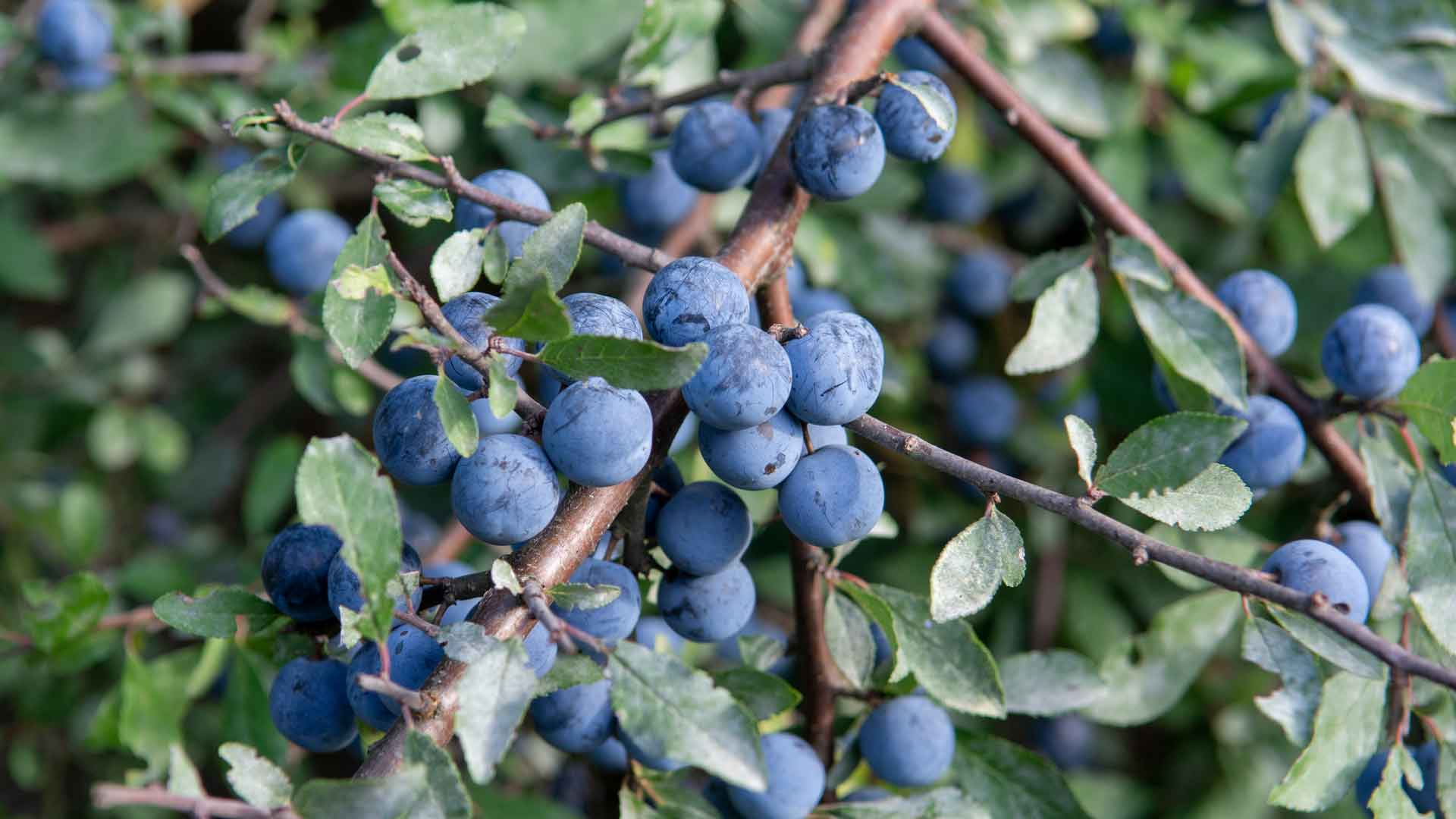
With perfectly plump sloes to forage, you can enjoy homemade wine, gin, jam or jelly. The leaves can also be used for edible decorations and tea. The best months to forage for sloes are between September and mid-December.
Sorrel
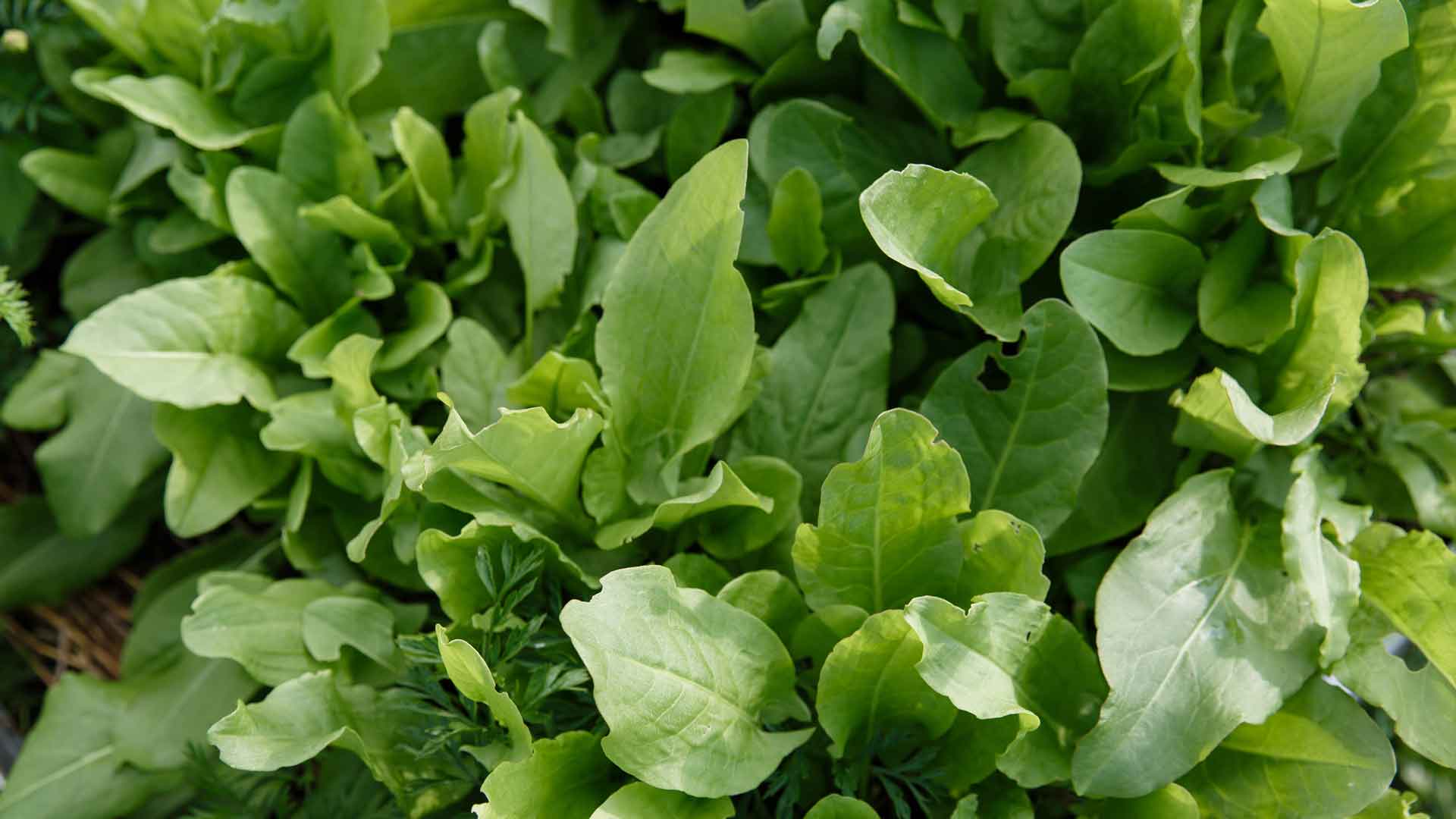
Sorrel is known for its sharp lemon-like flavour, but you must ensure that you’re confident in your identification. Lords and Ladies are similar in appearance and have toxins which cause irritation when consumed.
Strawberries
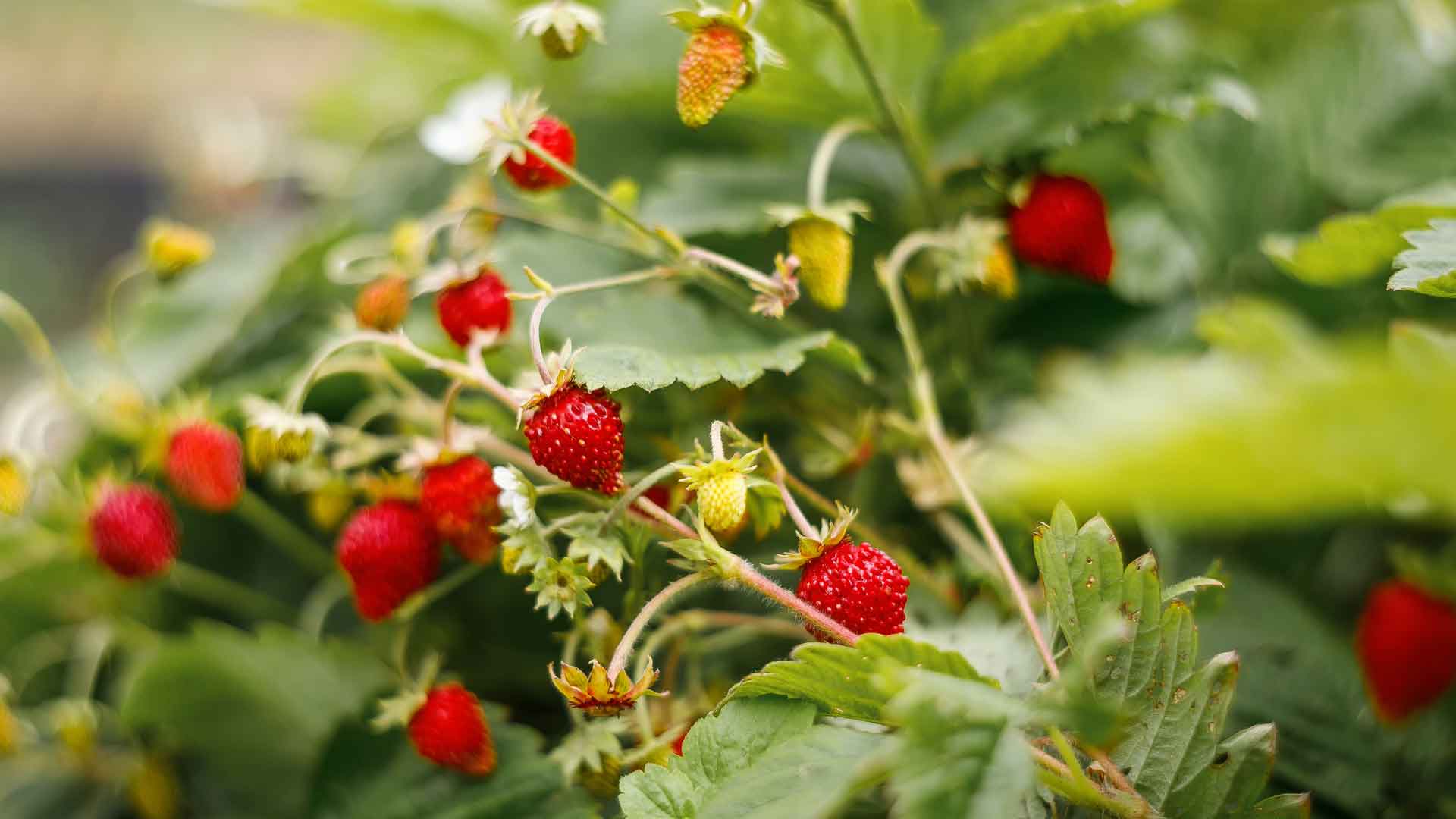
Strawberries are an incredibly popular foraging food, so they get picked quickly once ripe. The best months to forage for strawberries are from May to September.
Sweet violets
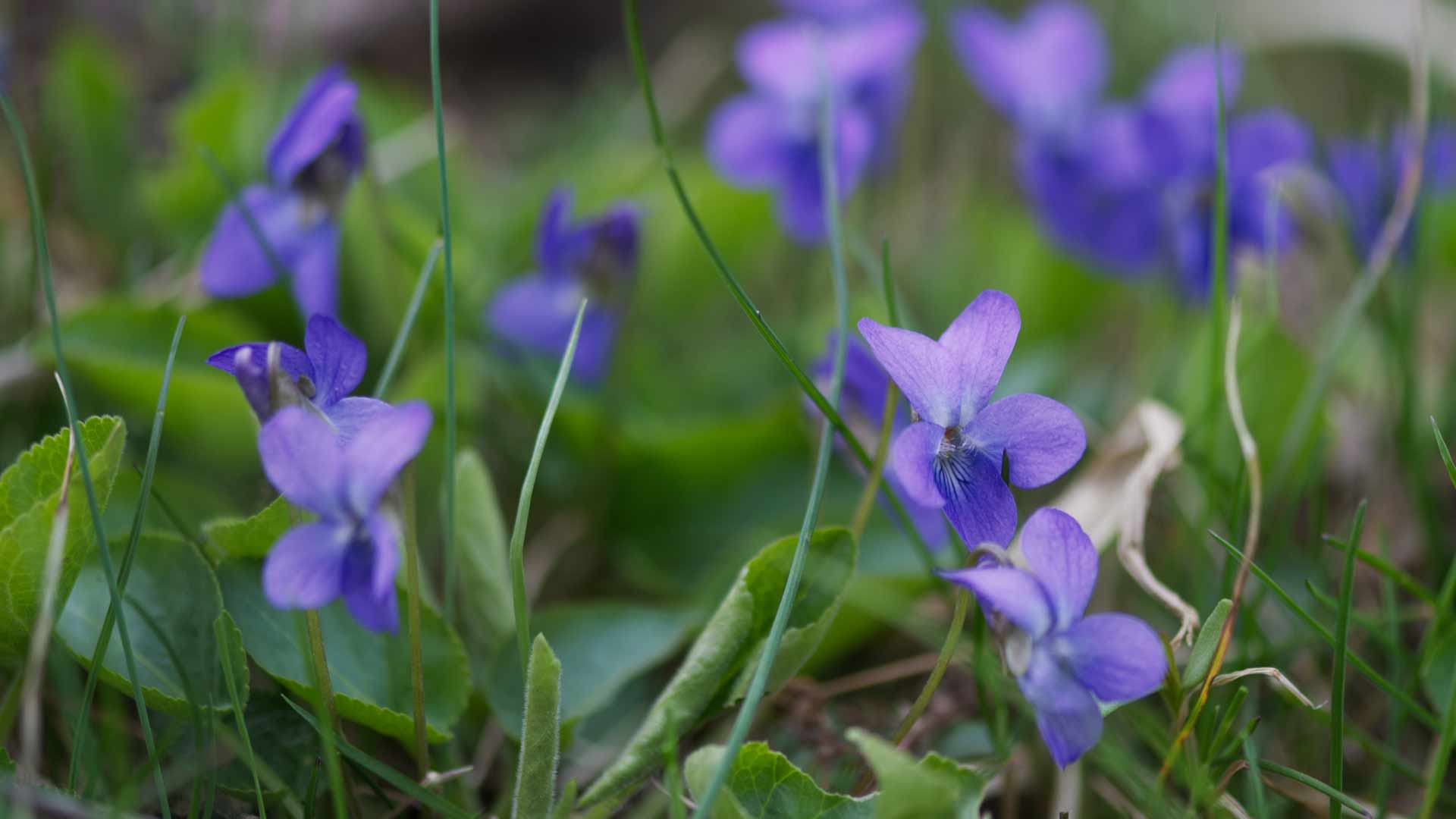
Pretty purple sweet violet flowers have a beautiful floral scent and can be used to infuse sugar and syrups. You’ll find the flowers in the spring months, but it’s easy to grow your own at home too if you can’t find a location with a surplus.
Wild garlic
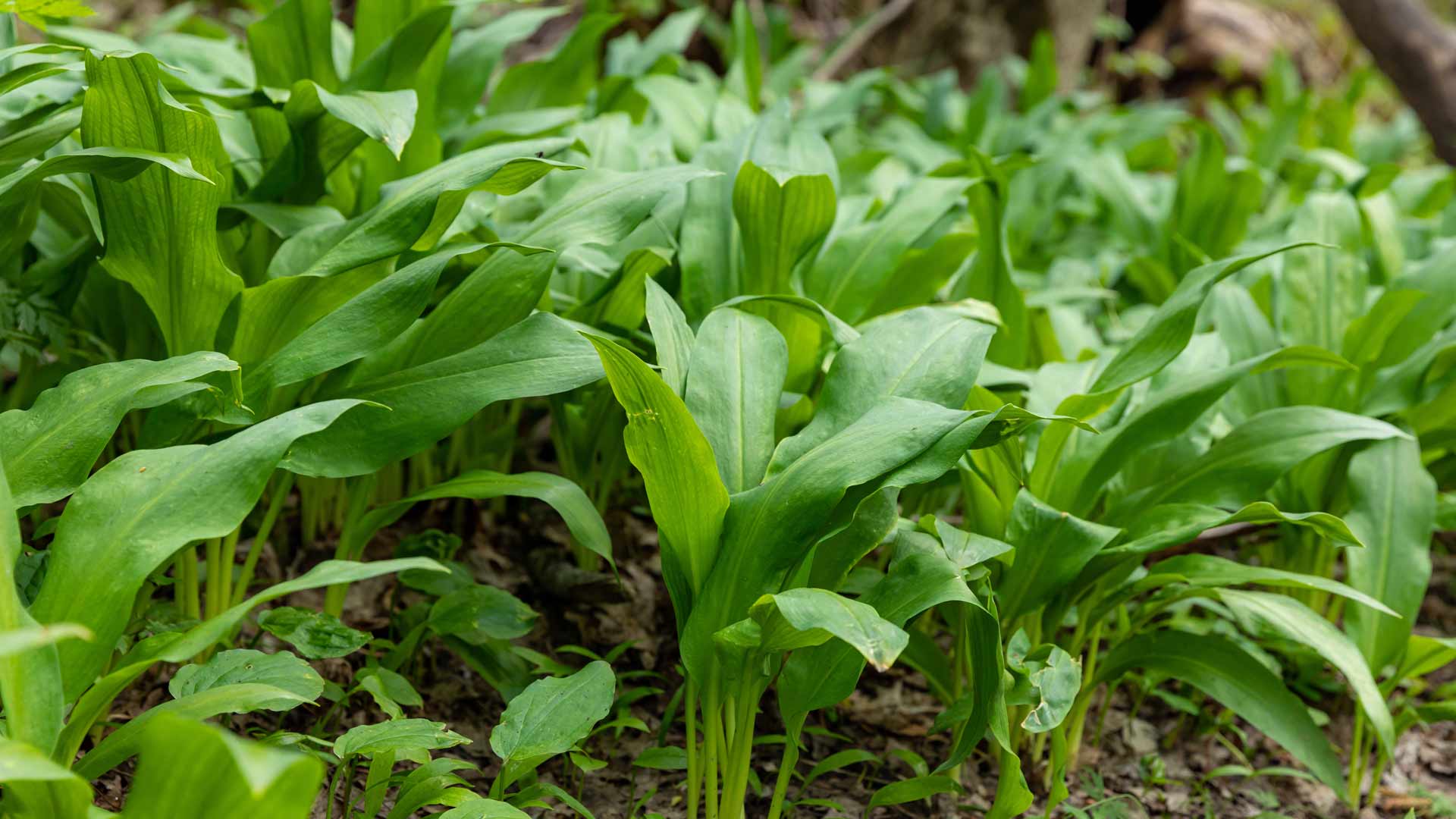
Wild garlic can often be found in damp woodland areas, and it’s great for soups, sauces, omelettes, salads, and sandwiches. It also tastes delicious when mixed with homemade butter. When it comes to foraging for wild garlic, you can harvest the leaves but not the bulbs, as they will not regrow. The best months to forage for wild garlic are from February to April.
Tag us in your foraging photos on Instagram or Facebook, so we can share your exciting finds.
